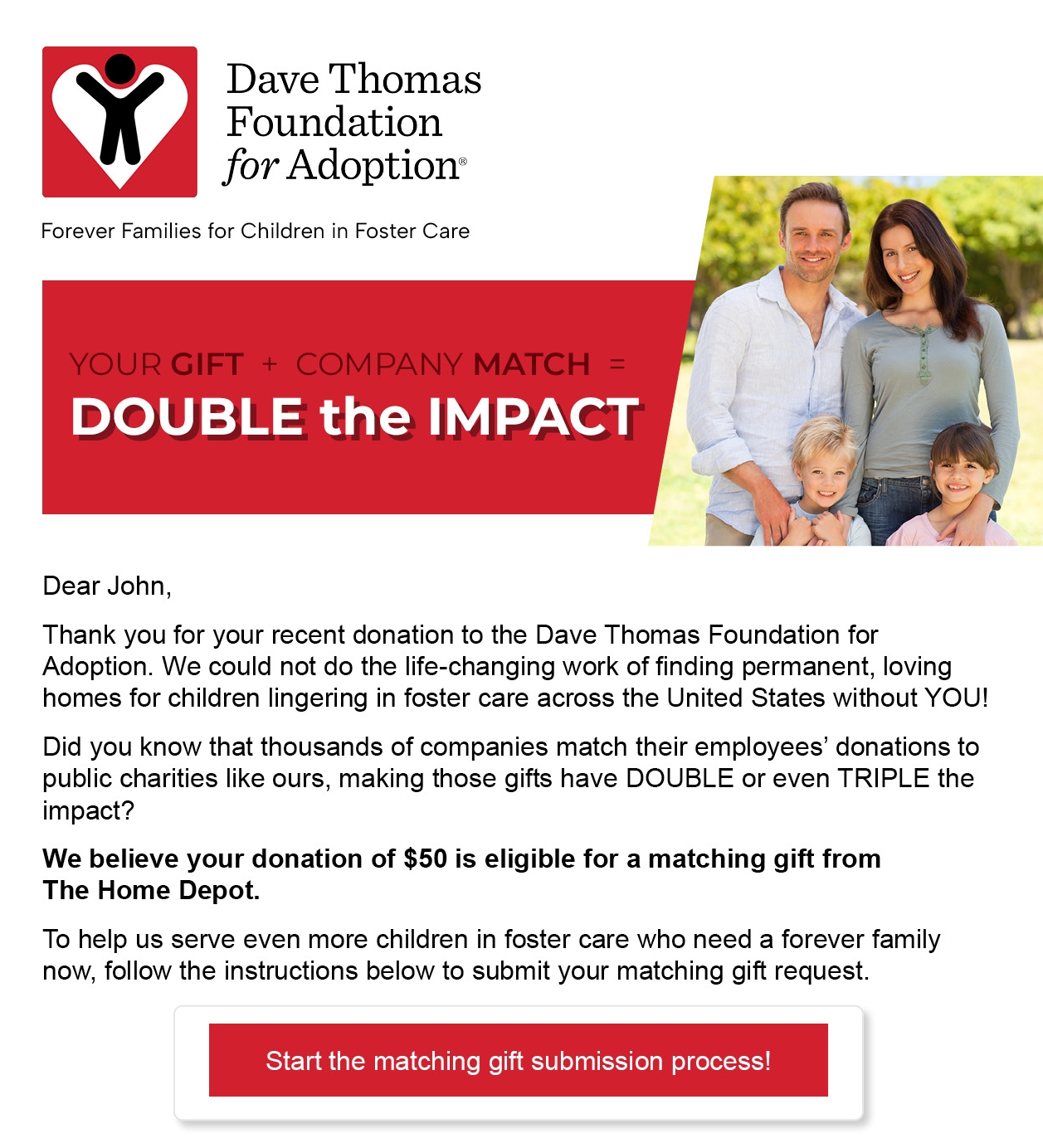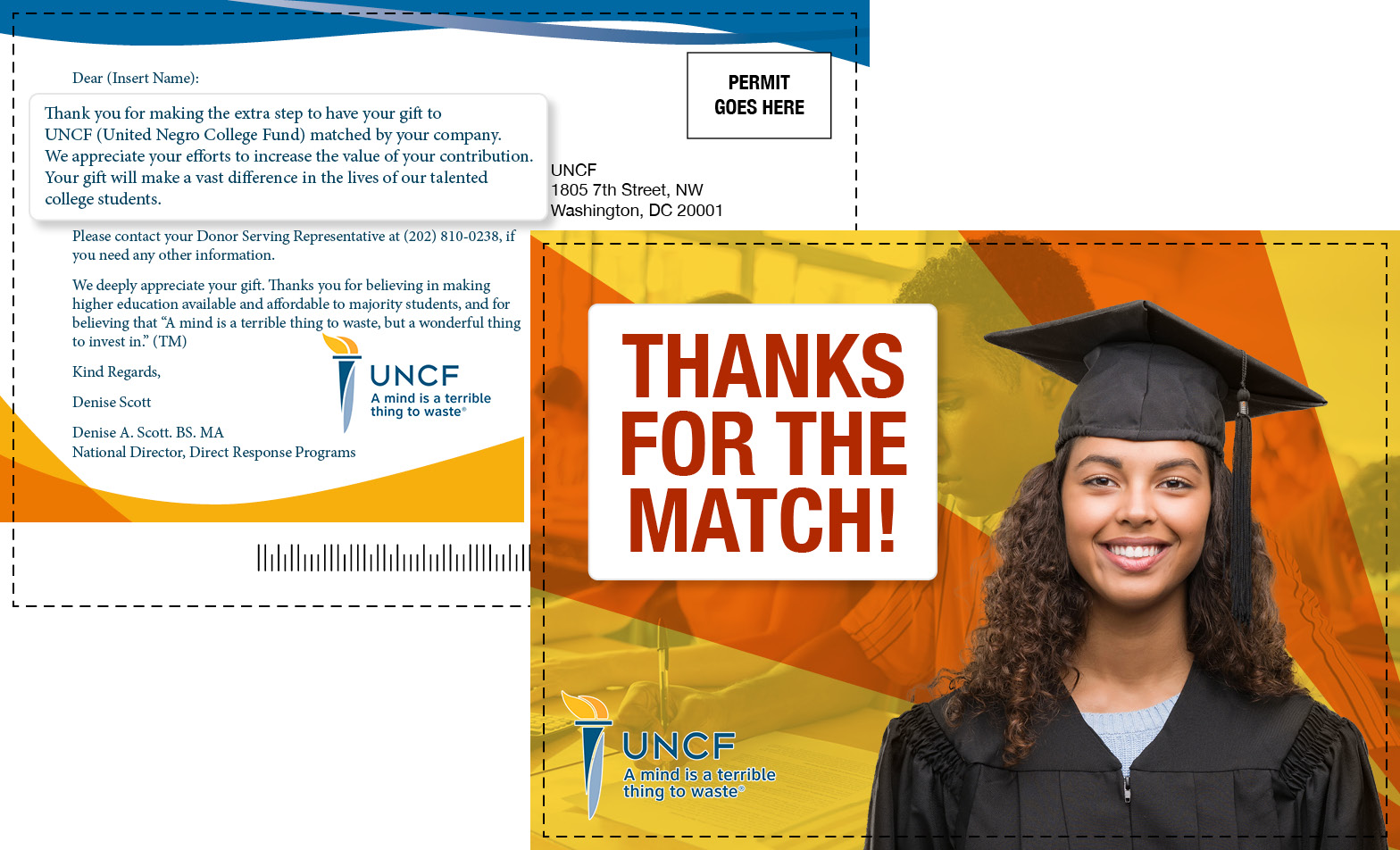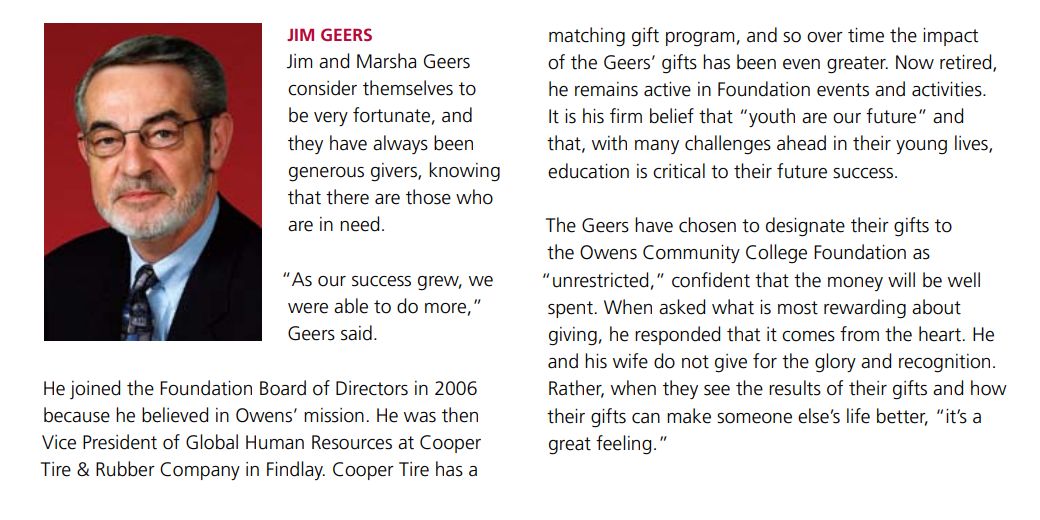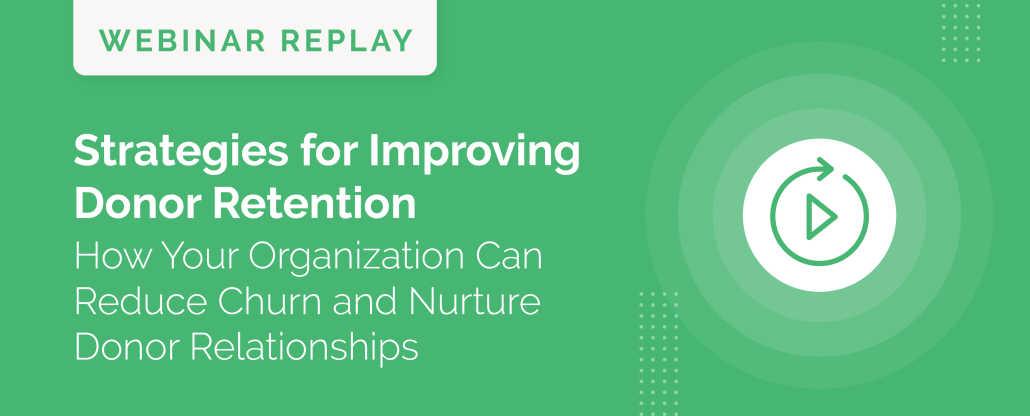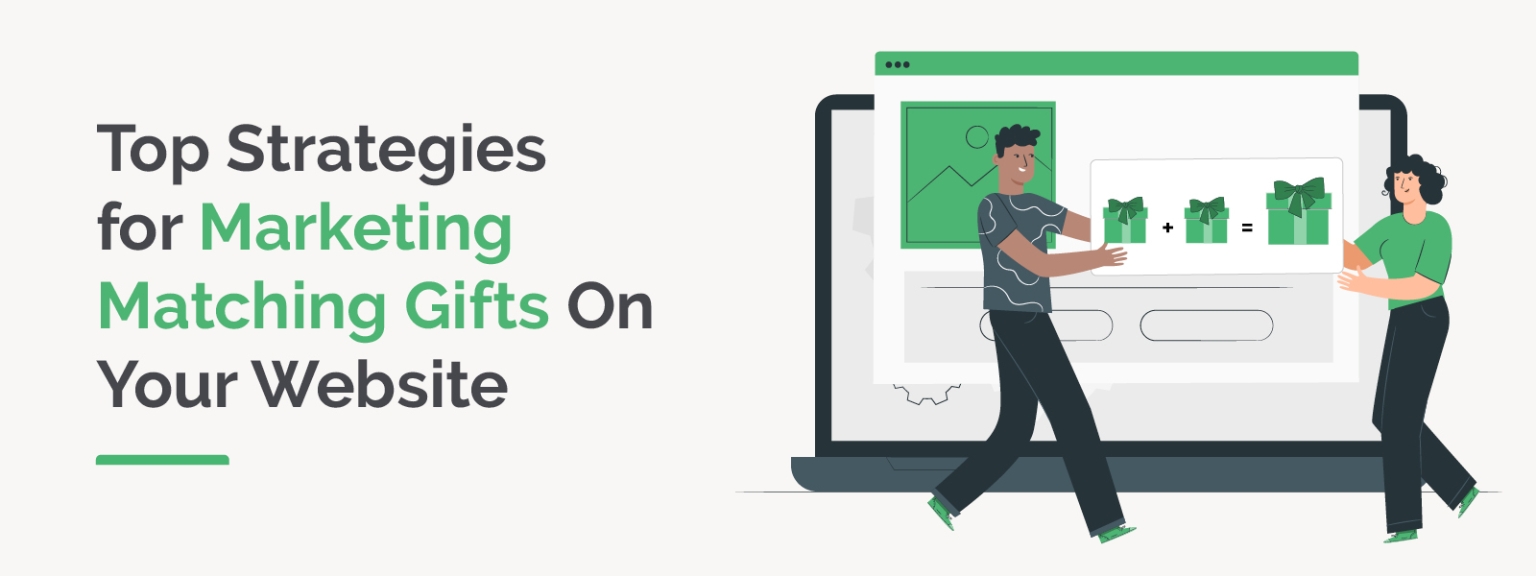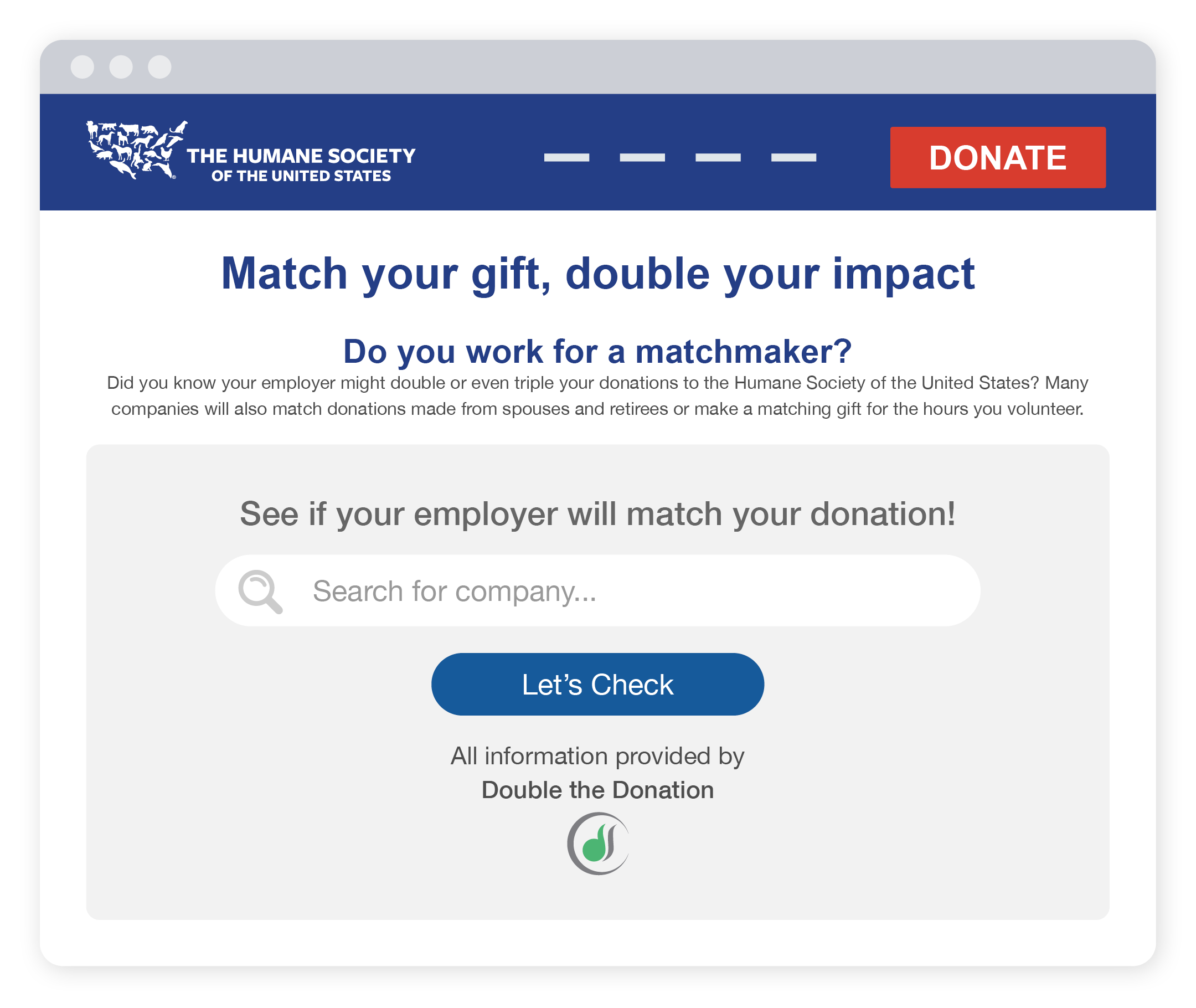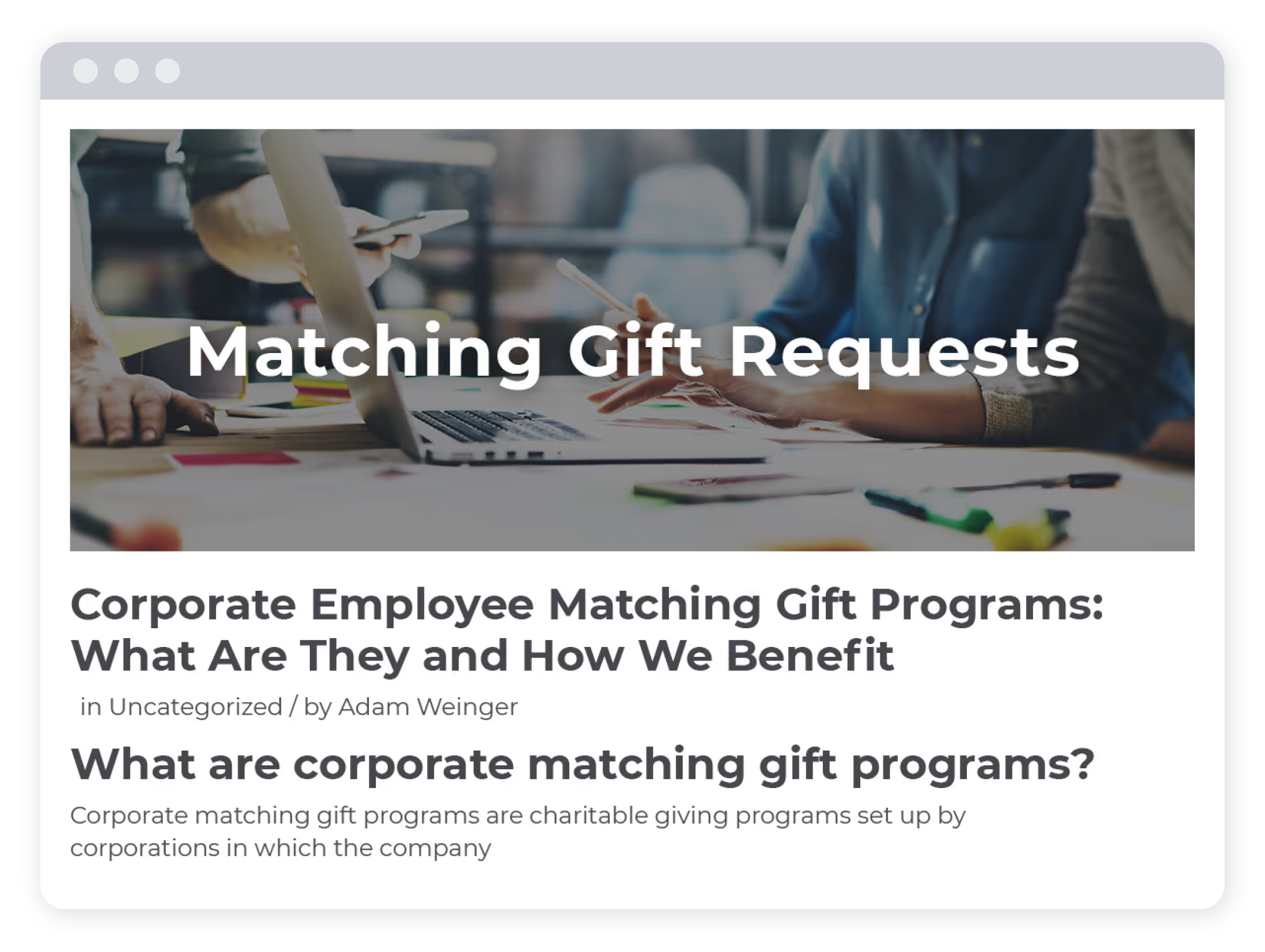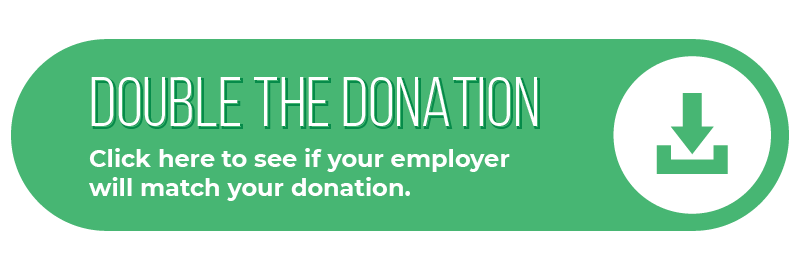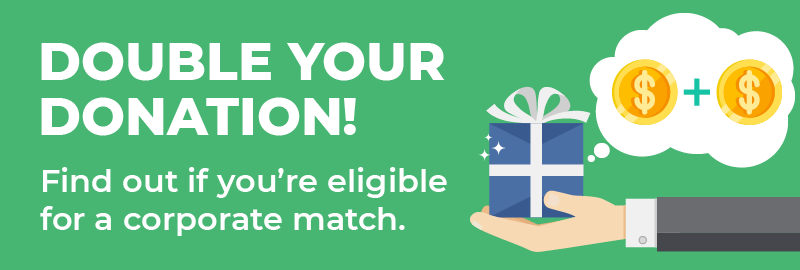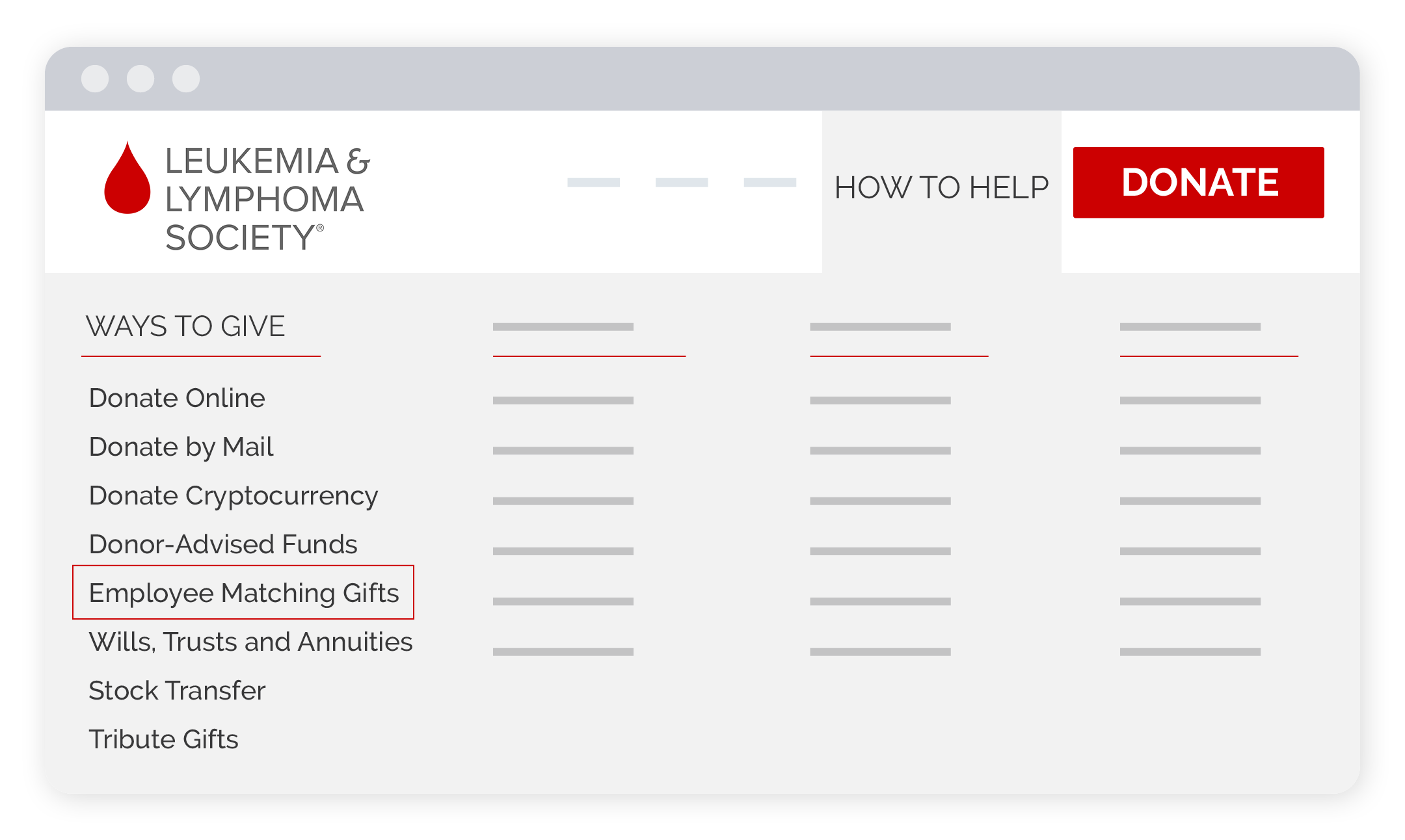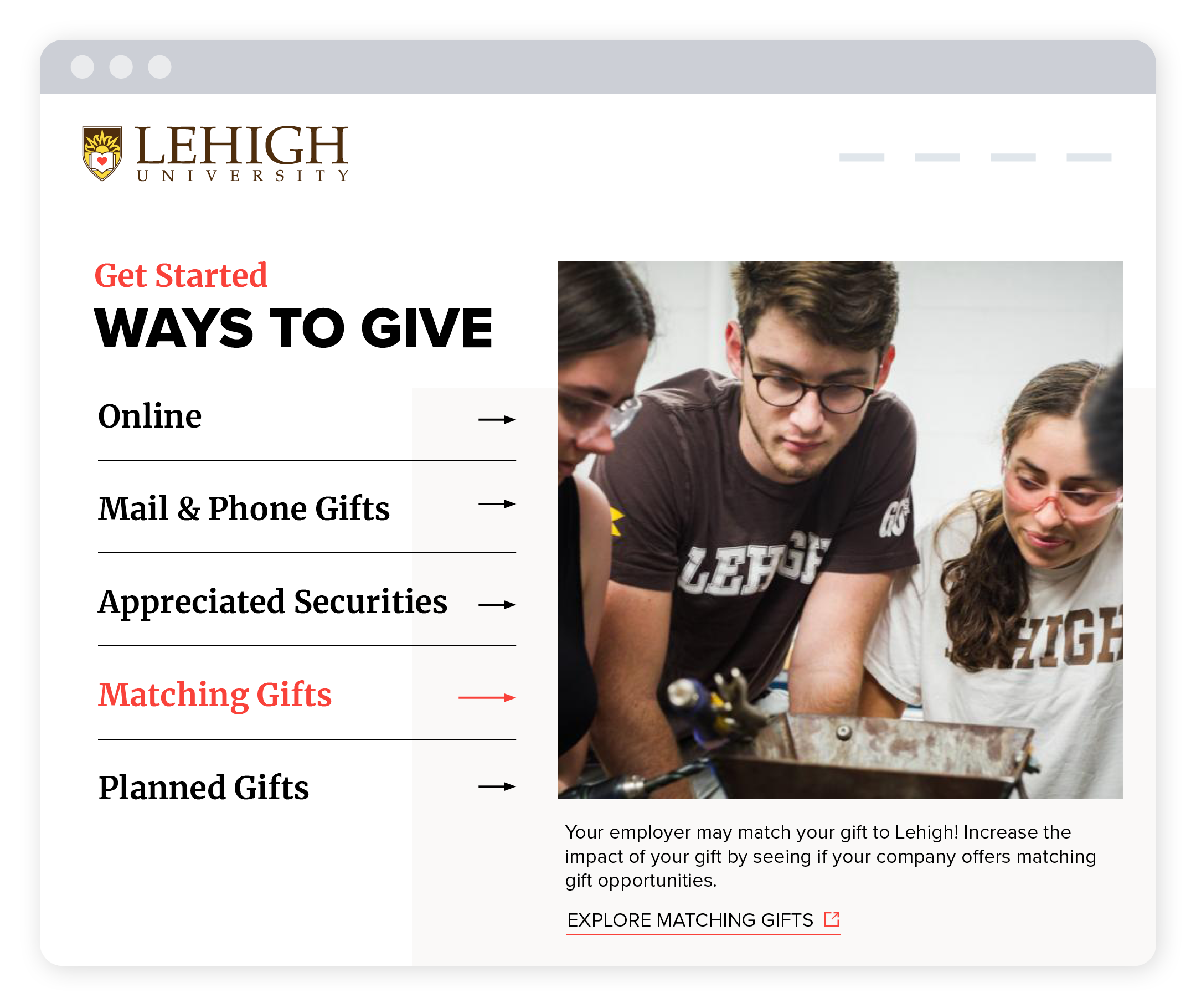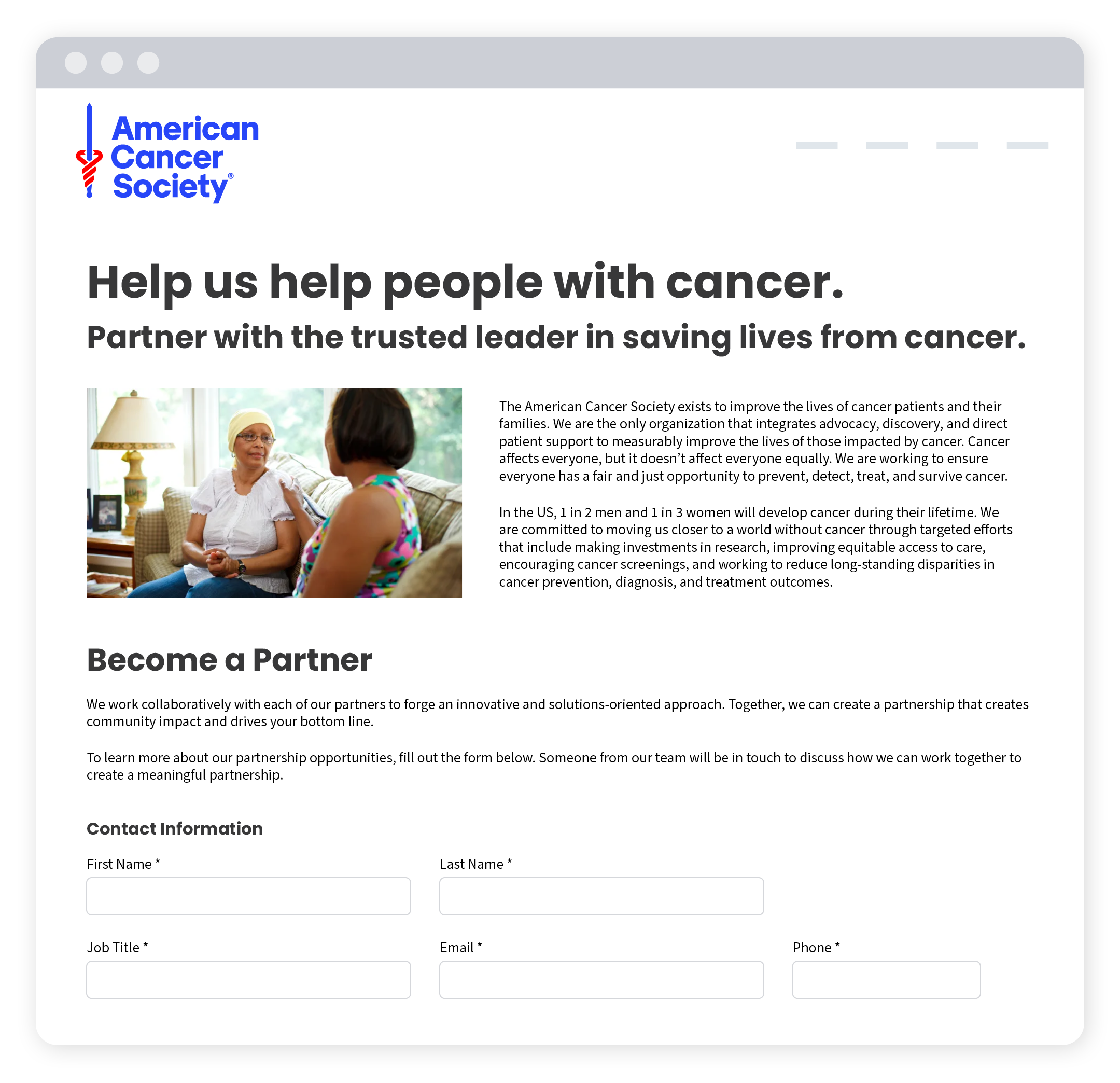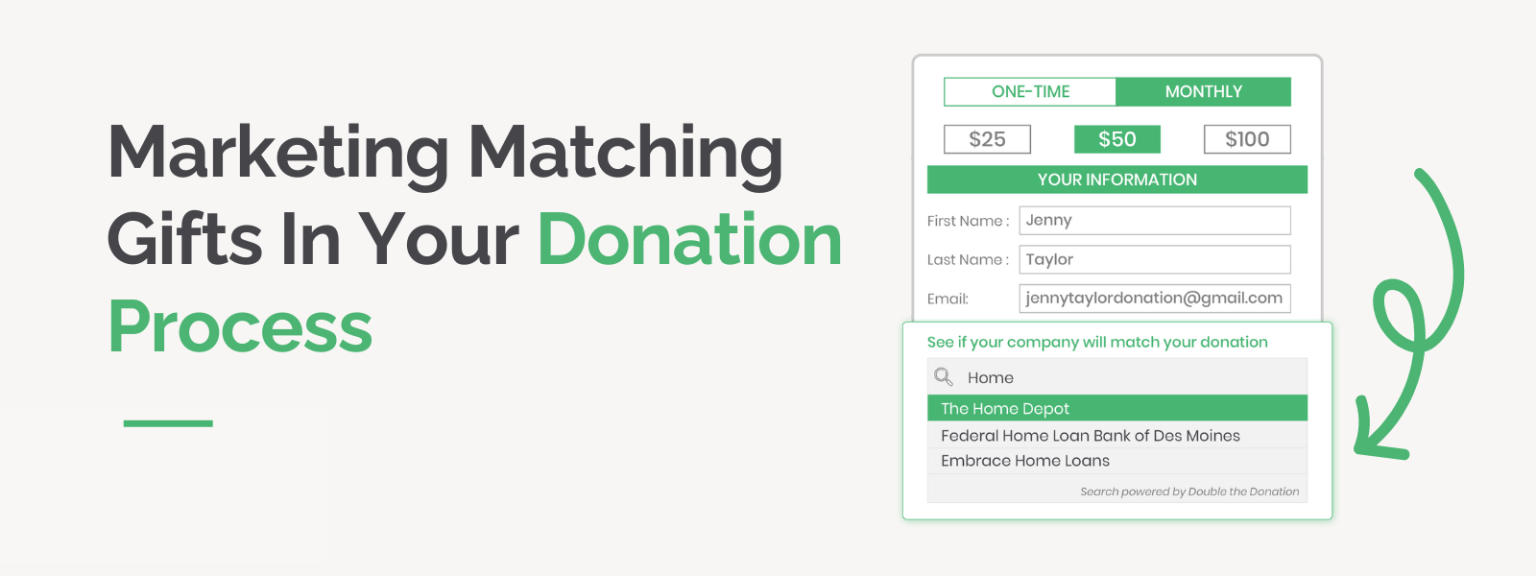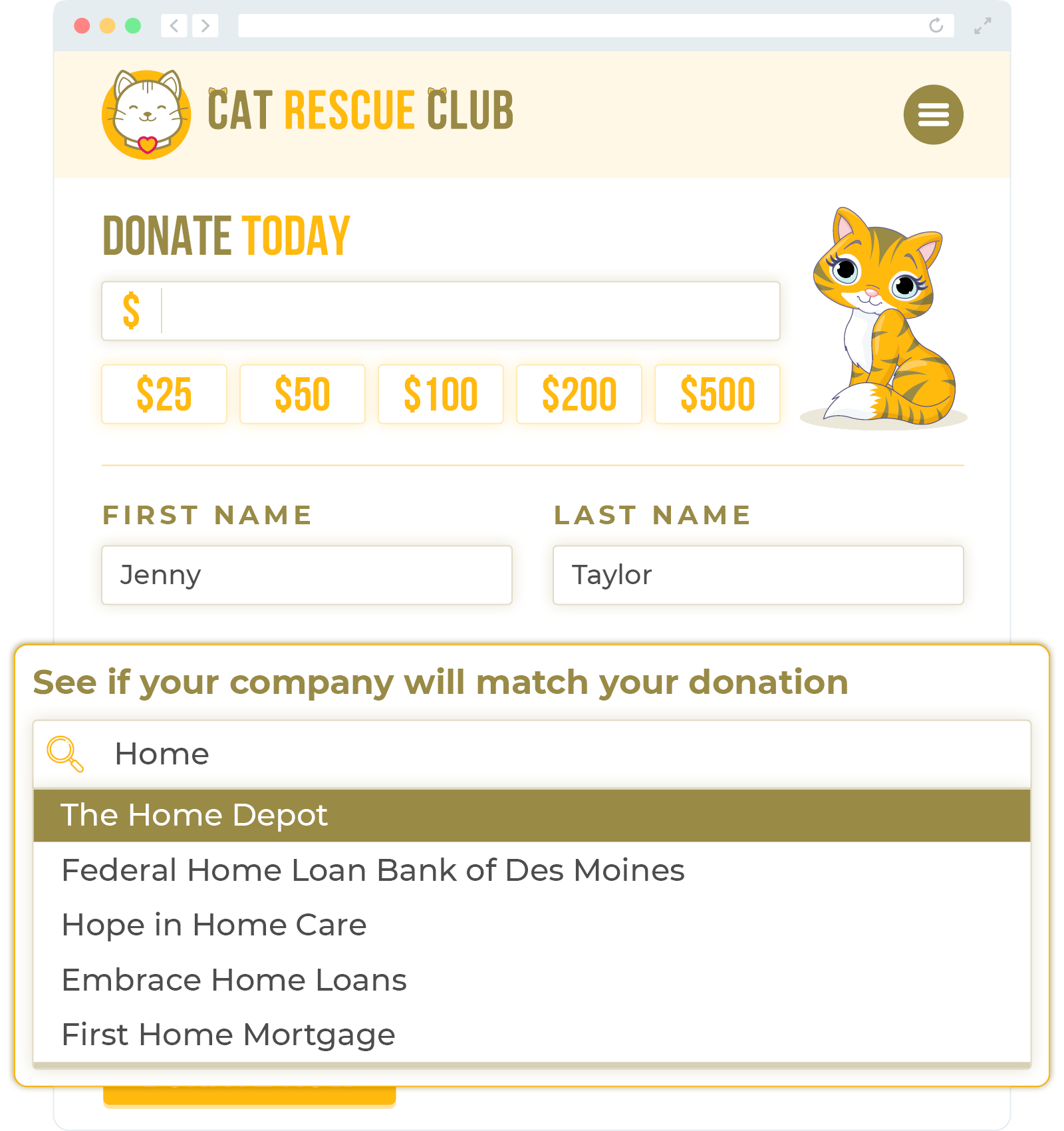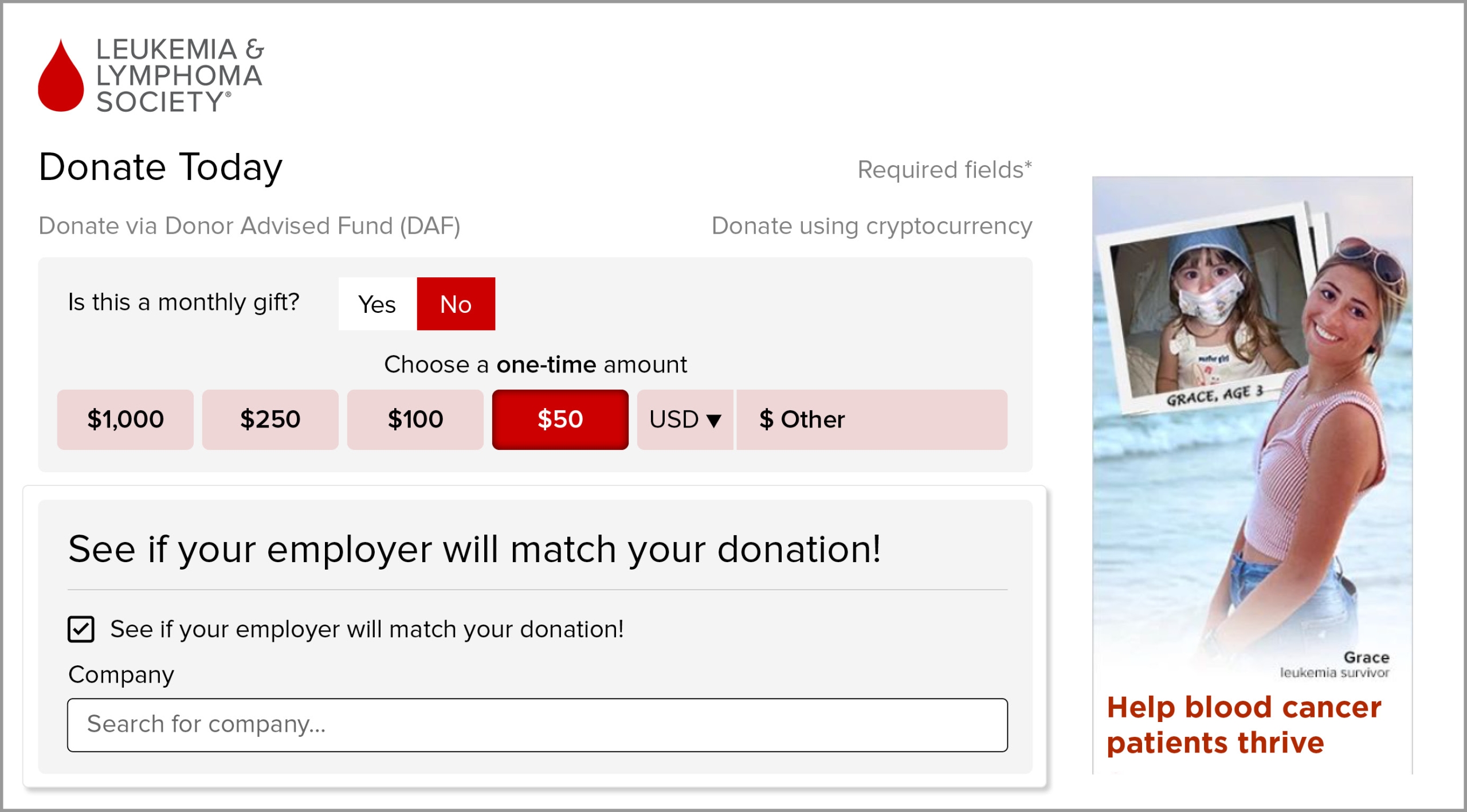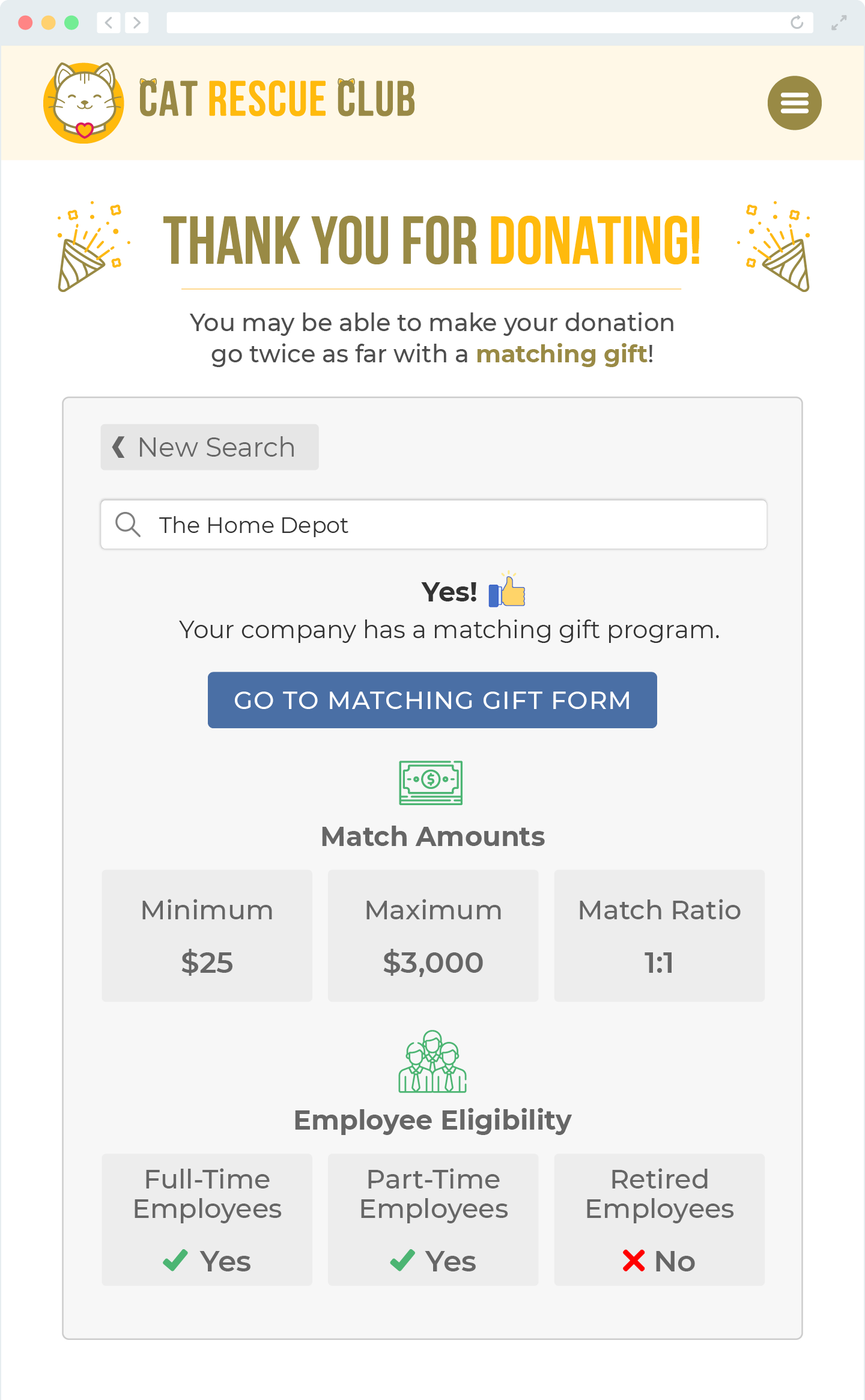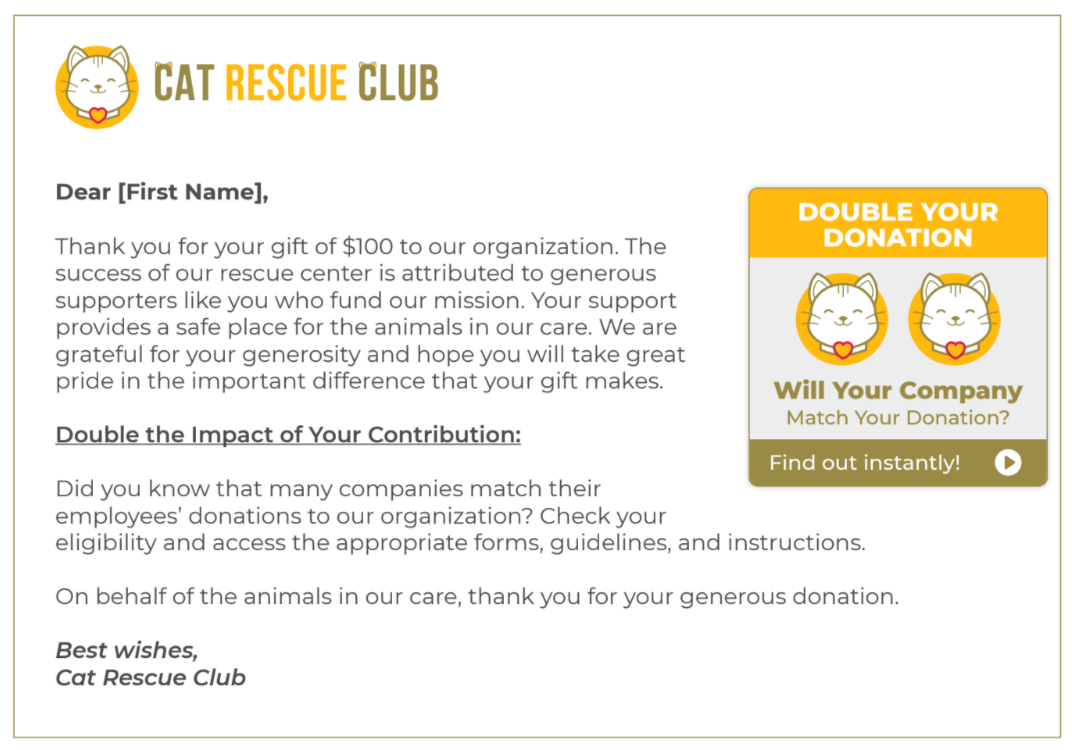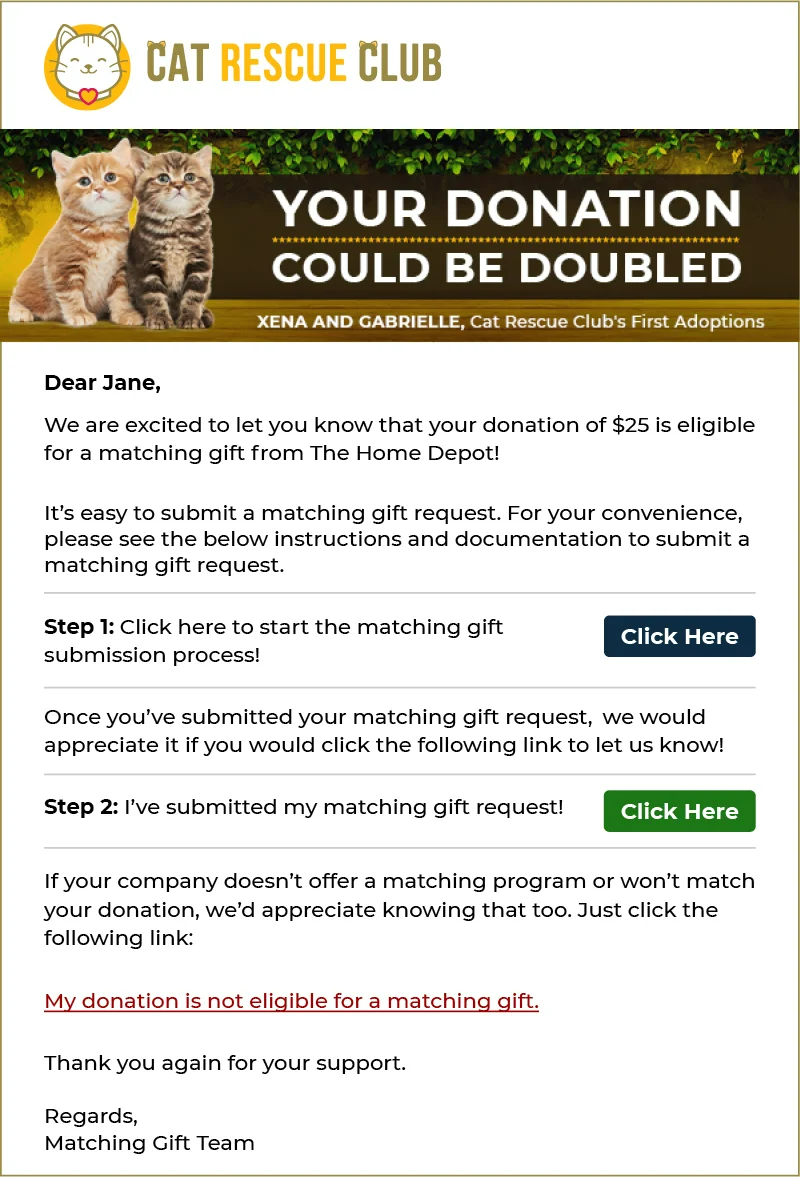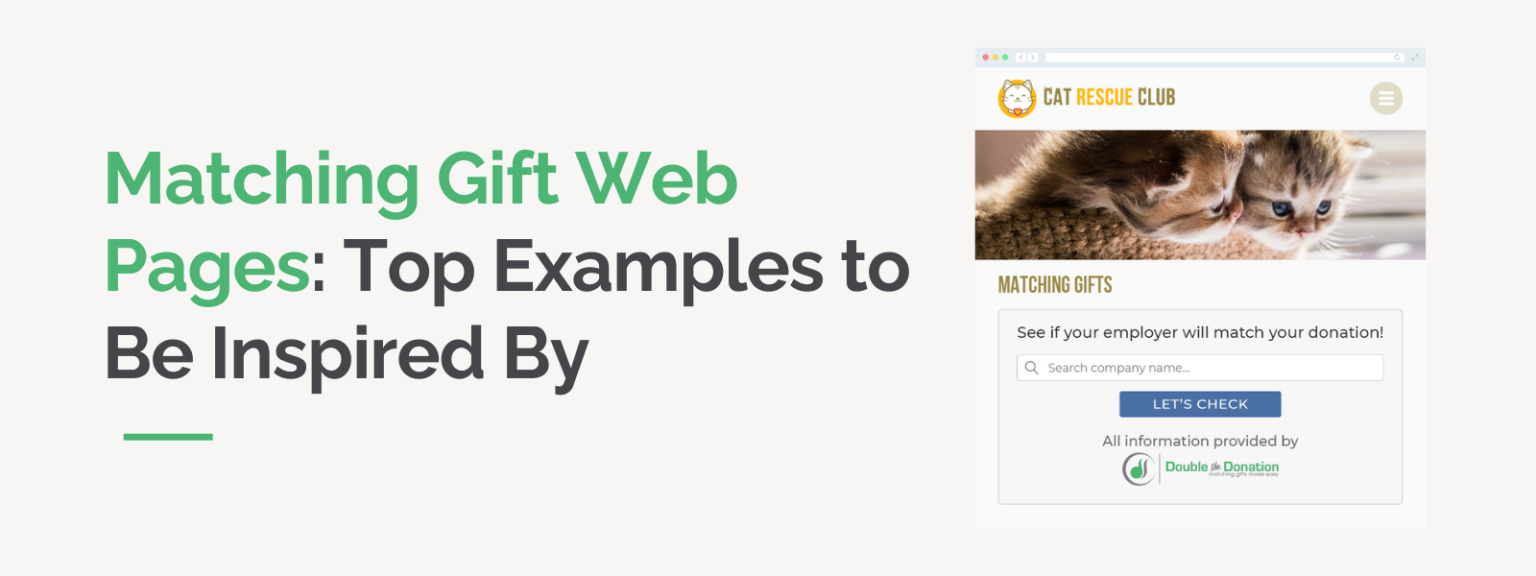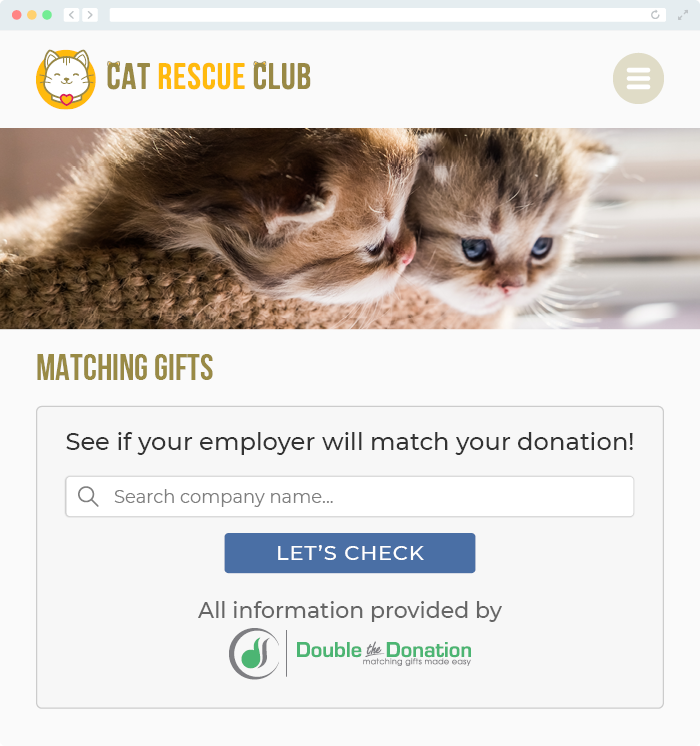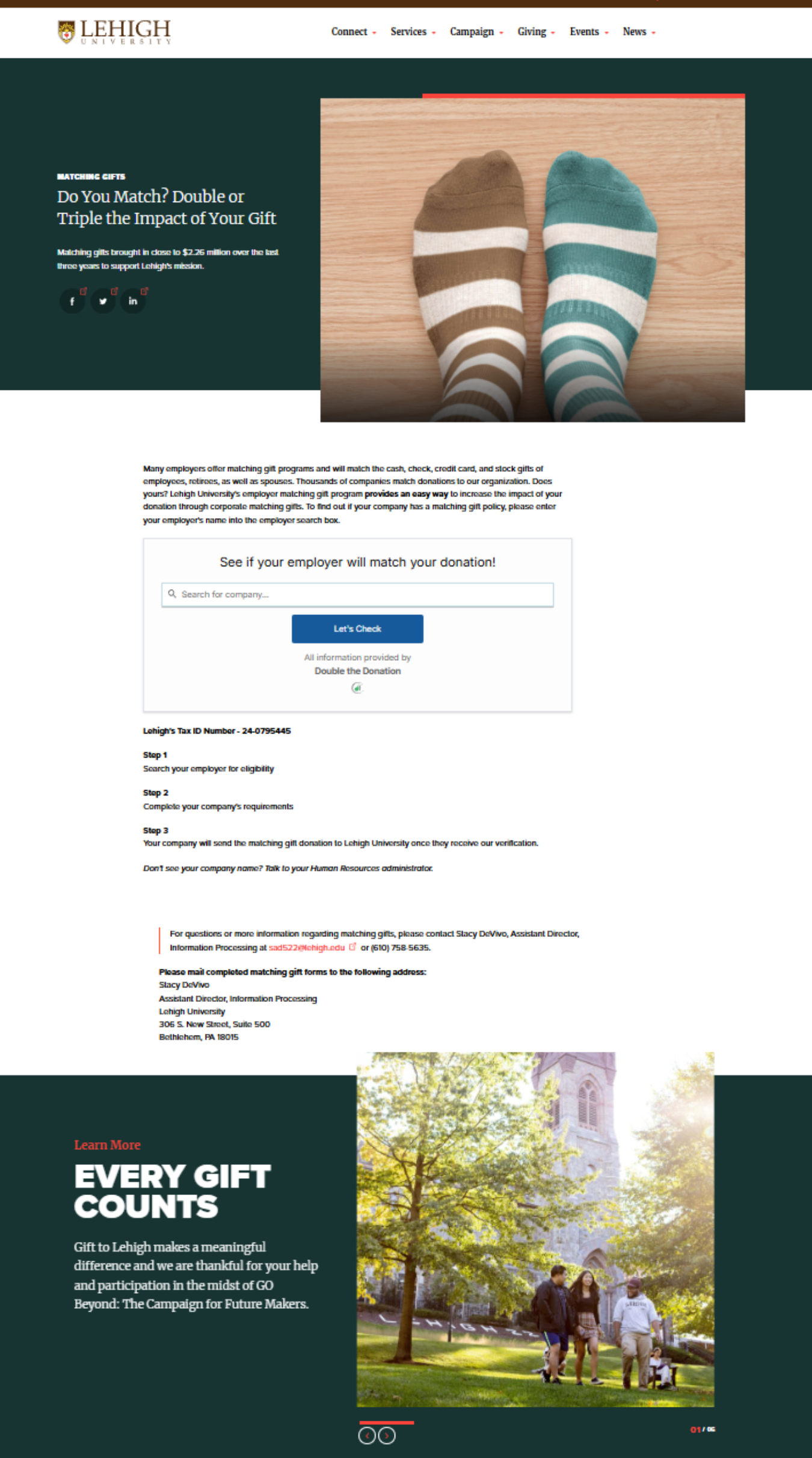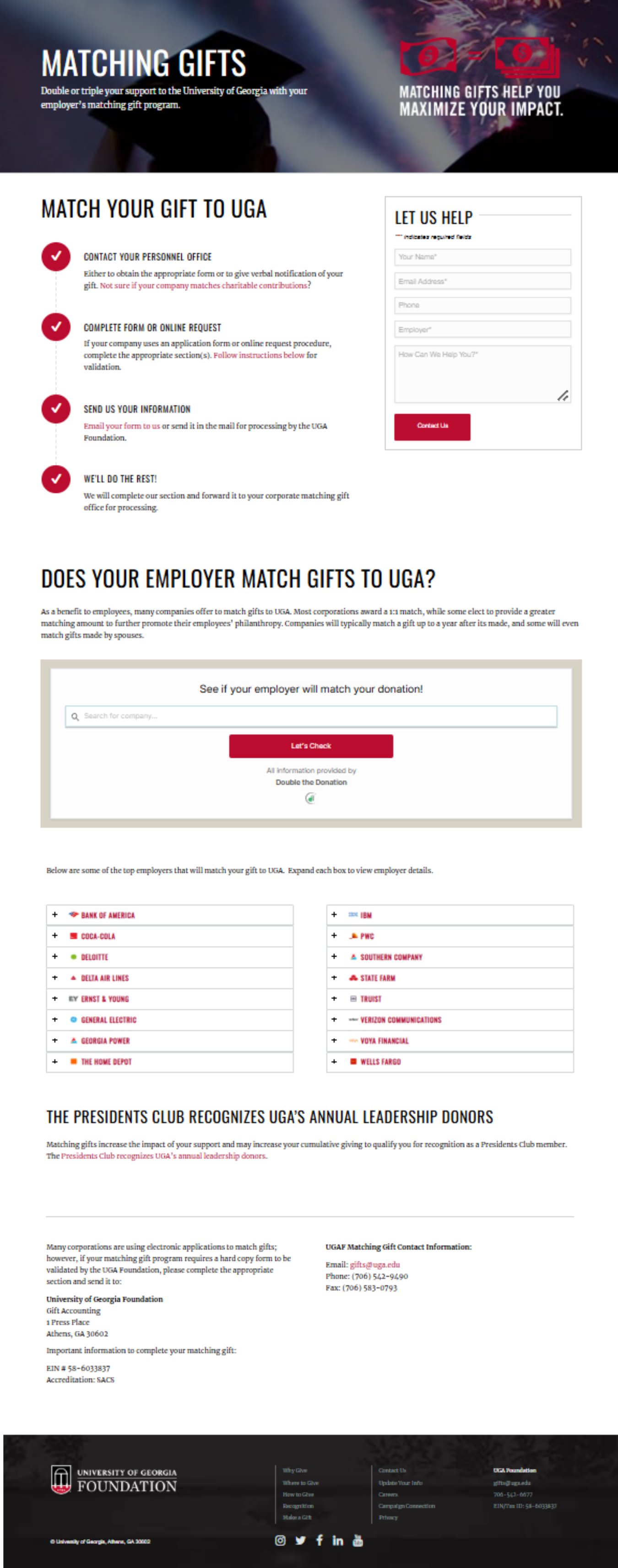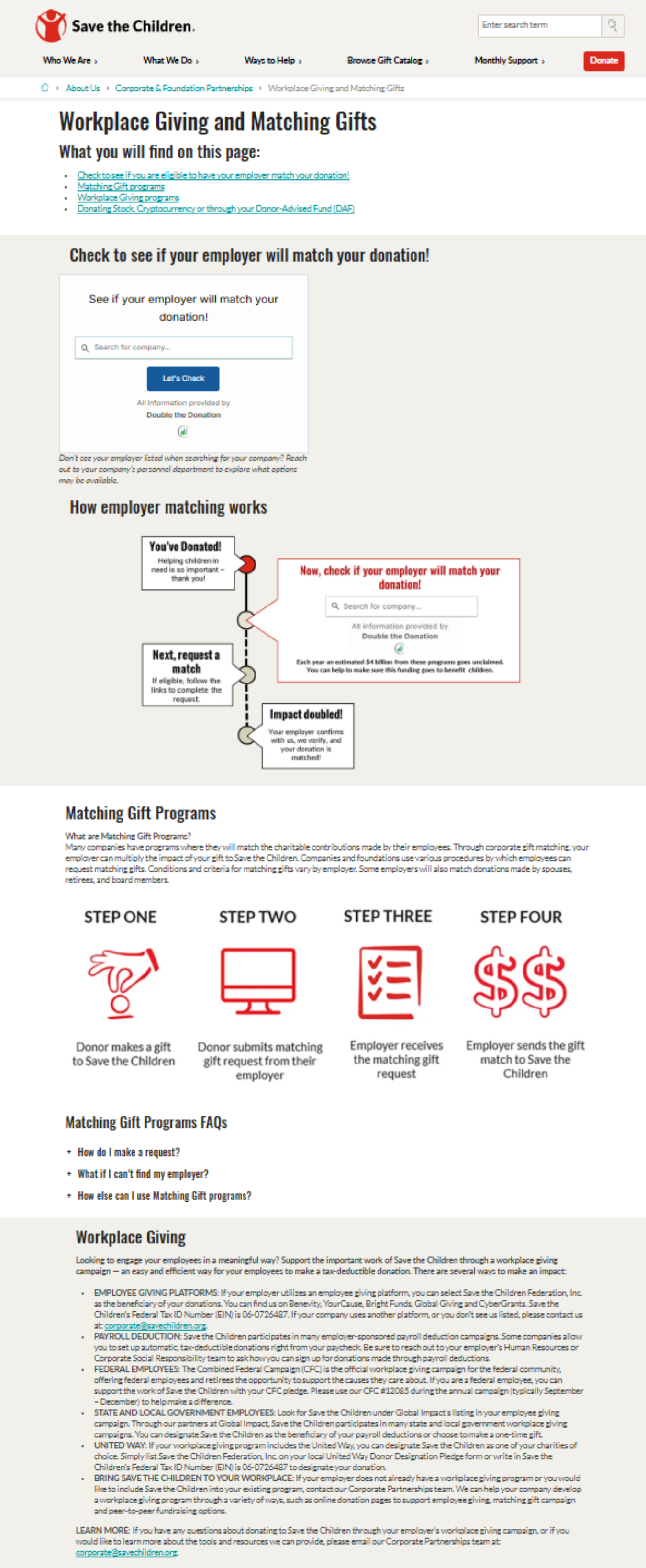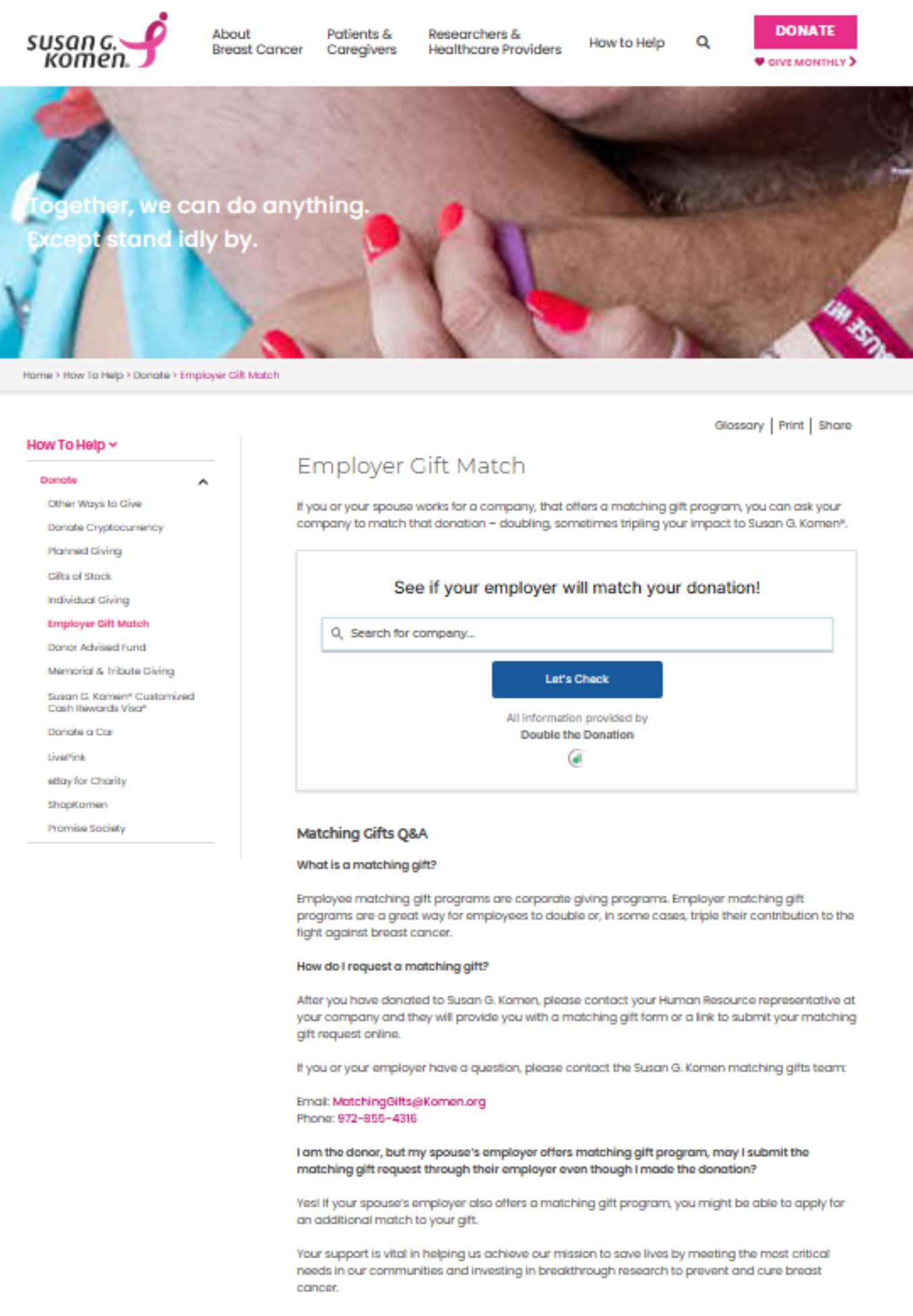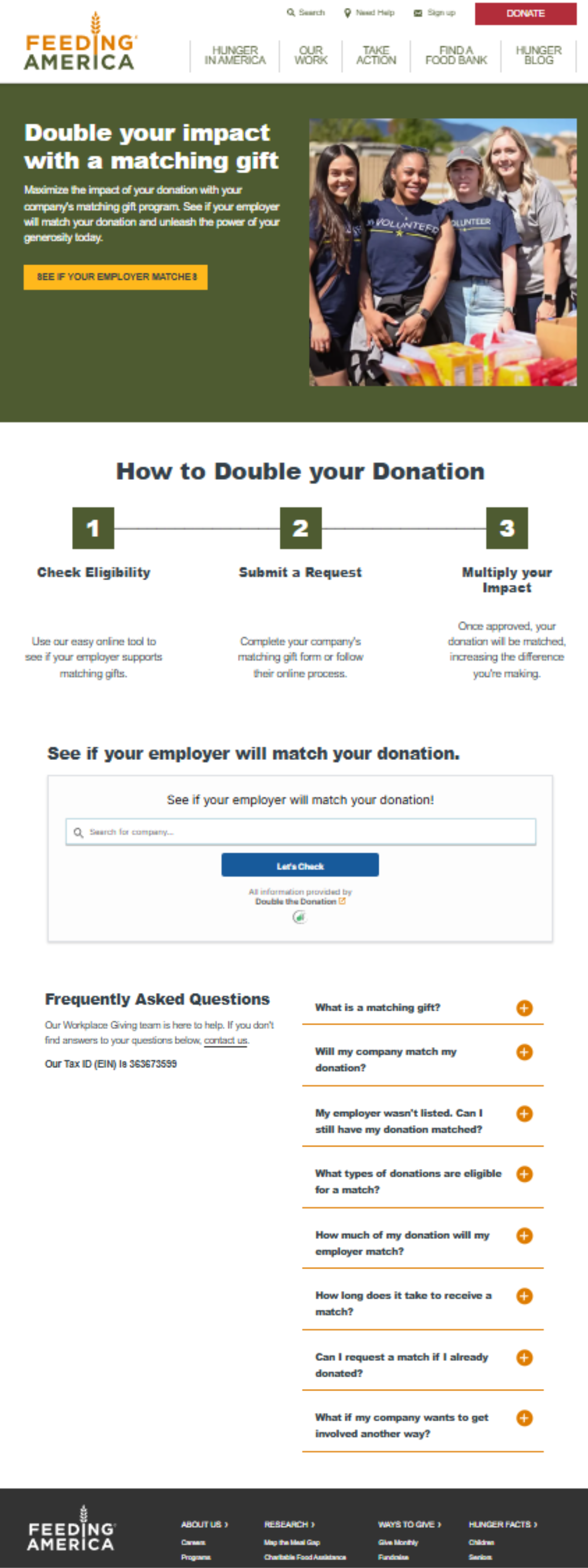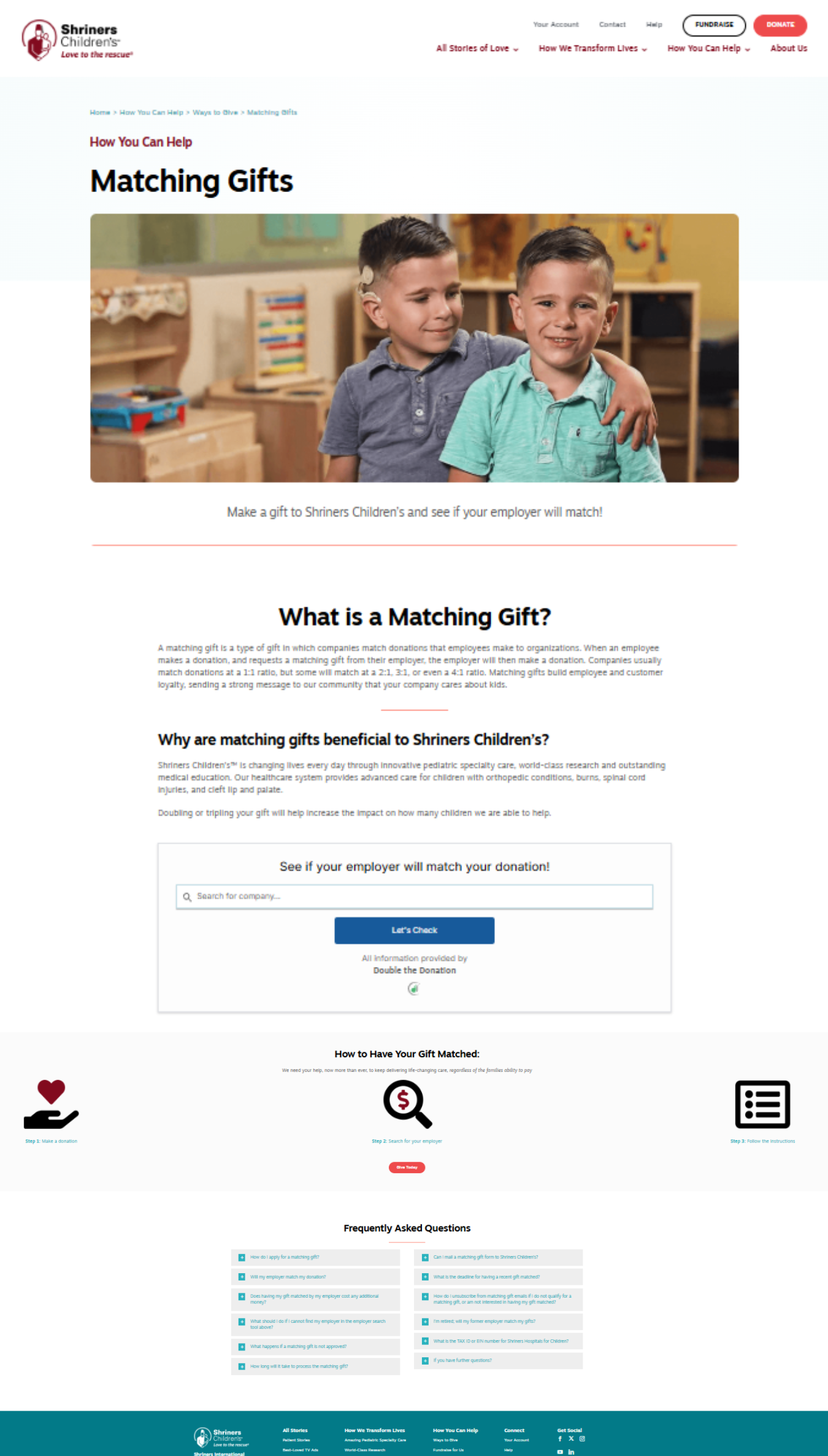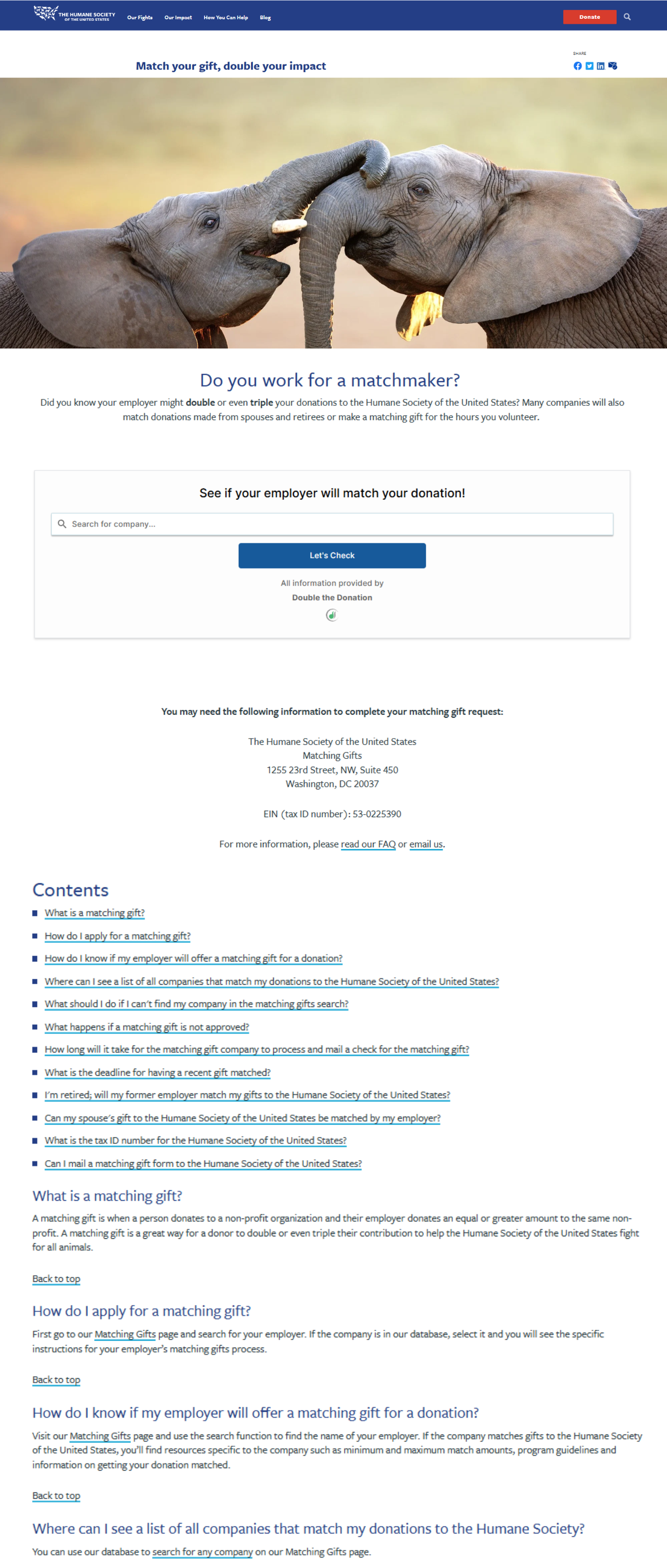4 Email Templates to Boost Payroll Giving Participation
Payroll giving is one of the simplest and most effective ways for nonprofits to secure steady, recurring donations. Yet many organizations struggle to fully leverage this fundraising channel, largely because they lack clarity and compelling communication with their supporters. That’s where well-crafted outreach, such as these email templates to boost payroll giving, comes in.
In this post, we’ll share four proven email templates designed to drive payroll giving participation, from introducing the concept to thanking committed donors and more:
- Email #1: Introduction to Payroll Giving
- Email #2: Does Your Employer Offer Payroll Giving?
- Email #3: Thank You for Your Support
- Email #4: Matching Gift Reminder for Payroll Giving
Whether you’re new to payroll giving or you’re looking to refresh your existing communications, these emails will help you engage supporters and grow a vital revenue stream.
In other words, with the right messaging at the right time, you can educate your audience, motivate participation, and build long-term loyalty through payroll giving.
Let’s begin!
Email #1: Introduction to Payroll Giving
About the email:
Want to help your supporters discover a way to make a deeper, more lasting difference? This email template is built to introduce them to the power of payroll giving—what it is, how it works, and most importantly, why it matters.
By guiding your audience toward this often-overlooked option, you’re not just raising awareness—you’re opening the door to a form of giving that’s consistent, sustainable, and mission-fueling. Use this framework to spark interest, drive action, and grow the kind of dependable support that nonprofits thrive on.
Email template:
[Subject line] Introducing Payroll Giving: Easy, Automatic, Meaningful
[Name],
Did you know you can make a lasting difference—right from your workplace? Payroll giving is a simple way to provide steady, reliable support to [Nonprofit], helping us plan ahead, respond faster, and do more for the people and communities we serve.
Here’s Why It Matters:
❤️ Fuel Greater Impact: Your ongoing support allows us to expand programs, reach more people, and deepen our long-term efforts.
📅 Support We Can Count On: Knowing we have your regular commitment helps us allocate resources where they’re needed most—when they’re needed most.
🌱 Make Every Paycheck Count: Even small contributions, given consistently, grow into powerful change over time. Whether you give $5 or $50 per pay period, payroll giving adds up to lasting change.
Whether you give $5 or $50 per pay period, payroll giving adds up to lasting change.
And Here’s How You Can Get Started:
- Contact your HR or payroll department to inquire about the availability of payroll giving.
- Let them know you’d like to support [Nonprofit].
- Set your recurring donation amount—it’s that easy.
- See what other programs your company offers—you may be eligible for a matching gift, too!
If you need any help or documentation from our team, just reply to this email. We’re happy to assist!
As always, thank you for being part of our community and for considering this simple yet powerful way to give.
With ongoing gratitude,
[Your Name, Title]
[Nonprofit]
[Contact Info]
Email #2: Does Your Employer Offer Payroll Giving?
About the email:
Many people don’t realize their workplace offers payroll giving—but when they do, it can become one of the most effective ways to support causes they care about. This email template is designed to help your supporters uncover whether they have access to this option, sparking curiosity and prompting action.
By encouraging supporters to explore payroll giving, you’re not just helping them find a convenient way to contribute—you’re building a foundation of reliable, recurring support for your mission.
Email template:
[Subject line] Does Your Employer Offer This Giving Option?
An Easy Way to Give—Offered by Thousands of Employers
Hi [Name],
Here’s a powerful fact: over 30 million employees have access to payroll giving through their employing companies—and many don’t even realize it!
Payroll giving lets you make automatic donations directly from your paycheck to organizations like [Nonprofit]. It’s one of the simplest and most effective ways to support the causes you care about.
Interested? Take 2 minutes to ask your HR or payroll team if your company offers a workplace giving or payroll deduction program. If they do, simply designate [Nonprofit] as your charity of choice.
Thank you for supporting [Nonprofit] in ways that make the most sense for you. Payroll giving might be one of the easiest and most impactful ways to help us carry our mission forward.
Not to mention, many companies also match those donations or offer other impactful programs that help you make a difference in our mission. Whether it’s a payroll donation, a matching gift, or a volunteer grant, your support through your employer drives real change—and we so appreciate your involvement!
Best regards,
[Name]
[Nonprofit]
[Contact Info]
Email #3: Thank You for Your Payroll Giving Support
About the email:
Payroll donors are some of the most consistent and high-impact contributors to your mission. This email template is designed to help you recognize and thank them—not just for their generosity, but for the steady support that powers long-term change.
Acknowledging these donors isn’t just good stewardship—it’s a strategic opportunity. Payroll givers often have a higher lifetime value and may also be connected to other forms of corporate support, like in-kind donations, volunteer grants, or matching gift programs. A simple thank-you can open the door to deeper engagement and even new partnerships in the workplace.
Use this message to show appreciation, reinforce their impact, and let them know you’re here to support them in every step of their giving journey.
Email template:
[Subject line] You’re Powering Change, One Paycheck at a Time
Thank You for Being a Payroll Giving Champion
Hi [Name],
We just wanted to take a moment to say thank you for choosing to support [Nonprofit] through payroll giving.
Your consistent generosity—automatically gifted from each paycheck—makes a lasting impact on our work. Whether you’re helping us [insert brief mission-related example, like “deliver meals to families,” “protect local wildlife,” or “fund vital research”], your support is fueling real change in our community.
- 💸 Your donations add up to significant support over the course of your giving
- 💪 Regular gifts help us plan long-term and respond quickly to urgent needs
- 🧡 You’re part of a special group of donors making giving a seamless habit
We truly couldn’t do this without you.
If you ever need to update your payroll gift, get documentation for your records, or learn about other ways to increase your impact (like employer matching), just reach out—we’re here to help. In the meantime, see what other programs your employer offers. Just use the search tool on our website [link to matching gift/workplace giving page]!
With heartfelt thanks,
[Your Name]
[Nonprofit]
[Contact Info]
Email #4: Matching Gift Reminder for Payroll Giving
About the email:
Payroll giving is already a powerful way to contribute—but when paired with employer matching, it can go even further. This email template helps you remind payroll donors to check whether their company offers a matching gift program, turning their consistent generosity into an even greater force for good.
By encouraging donors to explore matching opportunities, you not only amplify their impact—you deepen their engagement and potentially unlock new streams of corporate support. Many companies are eager to give, but need an employee to take the first step. This message equips your supporters to be that spark, all while reinforcing your appreciation for their ongoing commitment.
Email template:
[Subject line] Reminder: Get your payroll donations matched!
2X the Impact: Your Payroll Gift Might Be Eligible for a Match
Hi [Name],
Thank you again for giving through payroll—your consistent support means so much to us at [Nonprofit].
But here’s something you might not know: your employer may match your payroll donations, potentially doubling (or even tripling) the impact of your gift!
Here’s How It Works:
Many companies offer matching gift programs for charitable contributions made through payroll deductions. All you need to do is:
- Search our company database [link to matching gift page] to locate matching gift information for your company.
- Follow the provided instructions to submit a simple form (often online) with our nonprofit information.
- That’s it! Your employer reviews the request and sends an additional donation our way.
It’s an easy, no-cost way to make your generosity go even further.
With double the thanks,
[Name/Title]
[Nonprofit]
[Contact Info]
P.S. Some companies have deadlines for submitting matching gift requests—so don’t wait to check!
Wrapping Up & Additional Payroll Giving Resources
Effective communication is the key to unlocking the full potential of payroll giving for your nonprofit. By using these four targeted email templates, you can guide your supporters through every stage of the donor journey—from awareness to enrollment, reminders, and gratitude.
Ready to get started? Customize these templates to fit your nonprofit’s brand voice and watch your payroll giving program thrive.
Plus, check out these additional recommended resources to continue growing your knowledge of all things payroll giving:
- How to Register Your Nonprofit for Payroll Giving [6 Steps]. This straightforward guide breaks down the essential steps your nonprofit needs to take to get registered with payroll giving platforms and employer programs. Perfect for organizations just starting out, it ensures you don’t miss any critical details in the registration process.
- 7 Strategies for Marketing Payroll Giving to Your Supporters. Learn actionable marketing tactics tailored specifically for promoting payroll giving. From email campaigns to social media tips, this resource helps you effectively raise awareness and boost participation among your donor base.
- Tracking Payroll Giving: A Nonprofit’s Step-by-Step Guide. Discover how to monitor and analyze your payroll giving revenue with this comprehensive guide. Learn which metrics matter most and how to use data-driven insights to optimize your fundraising efforts over time.
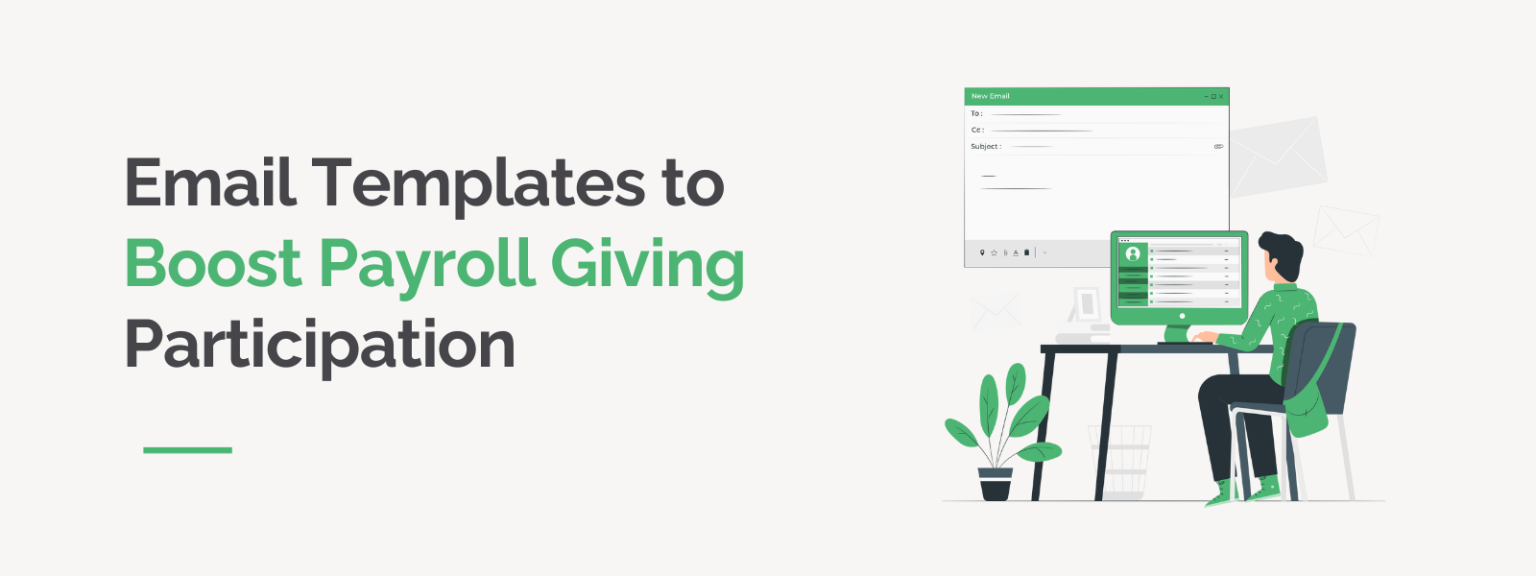
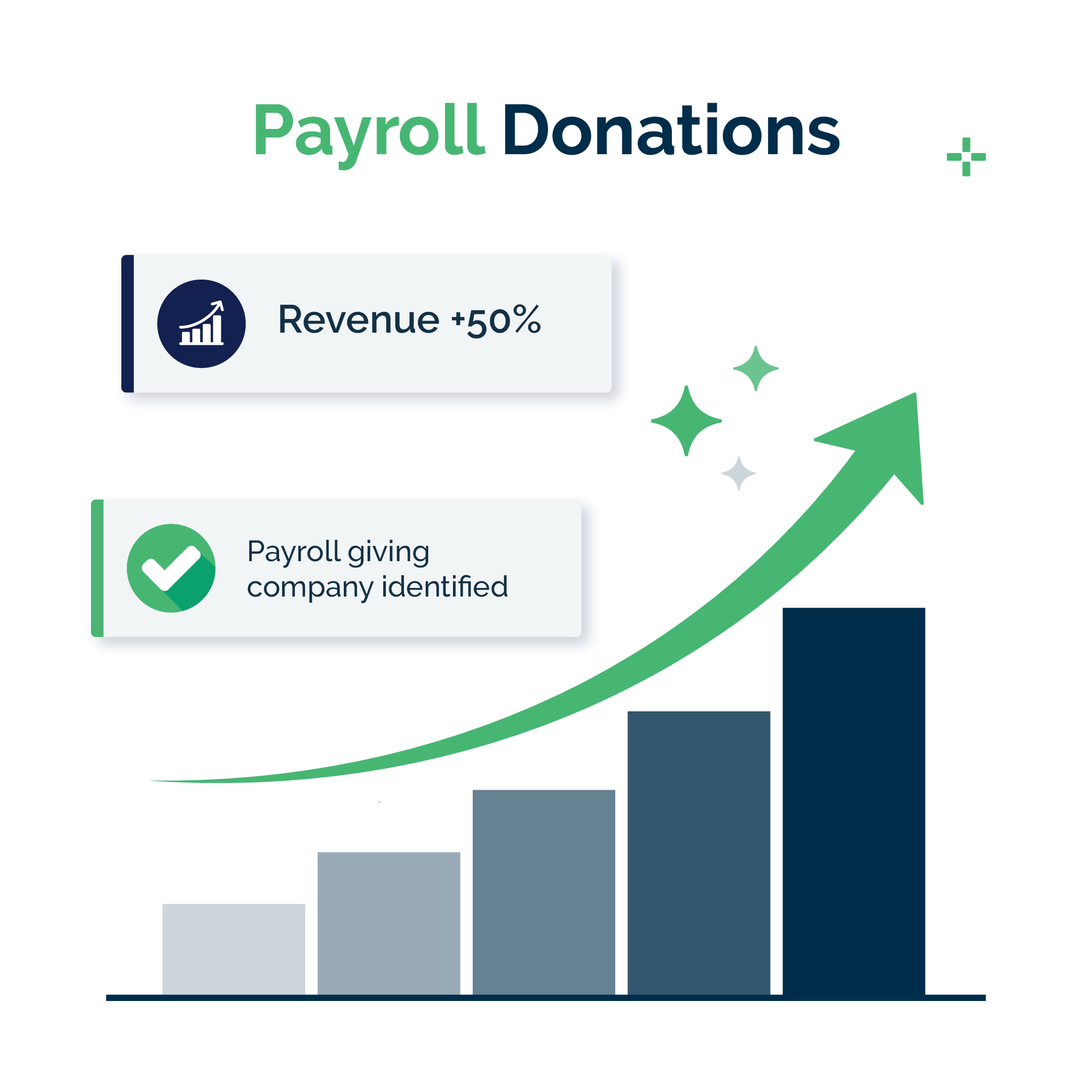


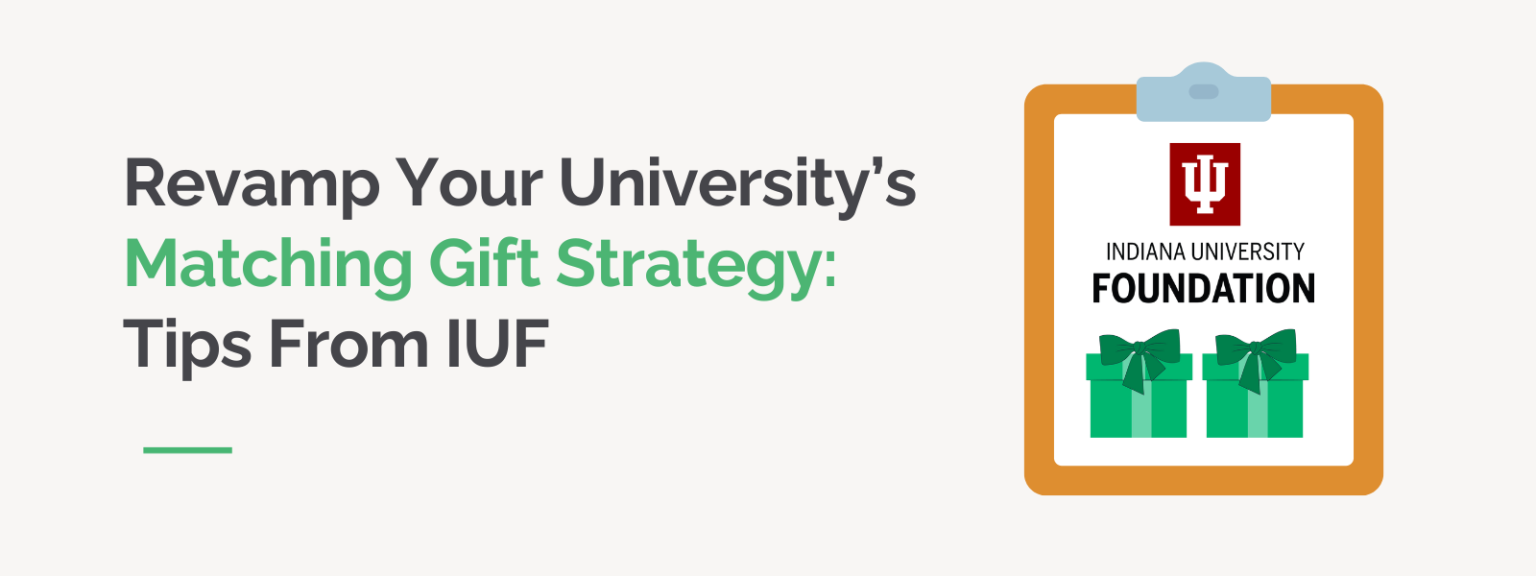
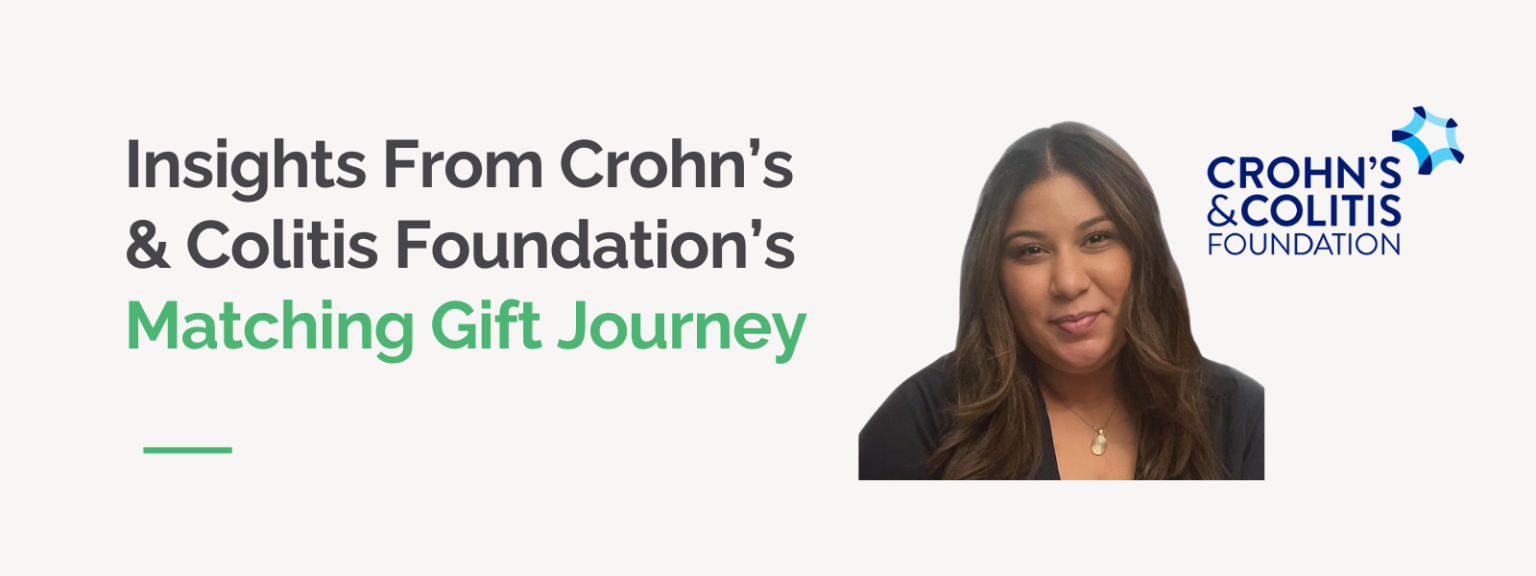
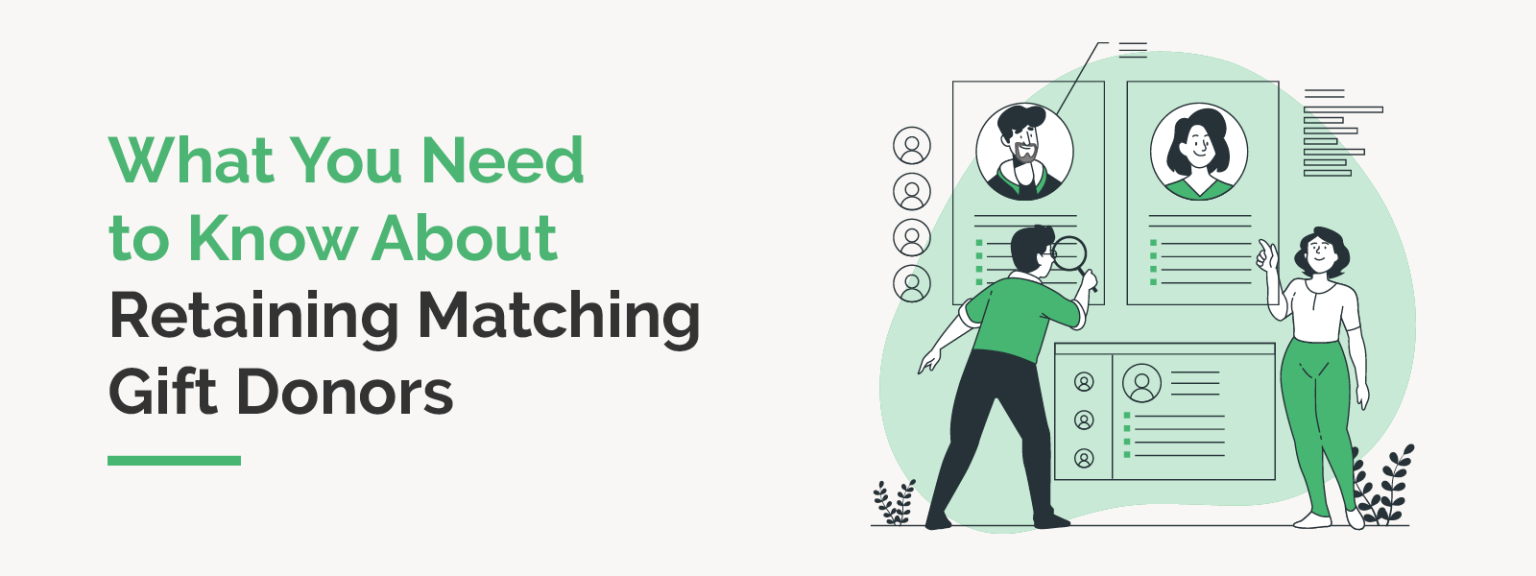
 Matching gift donors are individuals who not only contribute their own dollars but also amplify their support by requesting matching gifts on your organization’s behalf.
Matching gift donors are individuals who not only contribute their own dollars but also amplify their support by requesting matching gifts on your organization’s behalf.
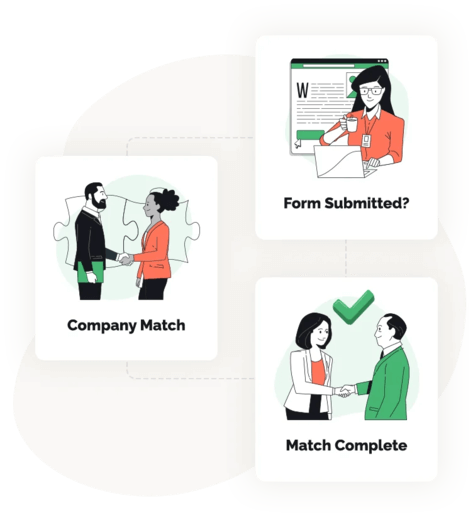
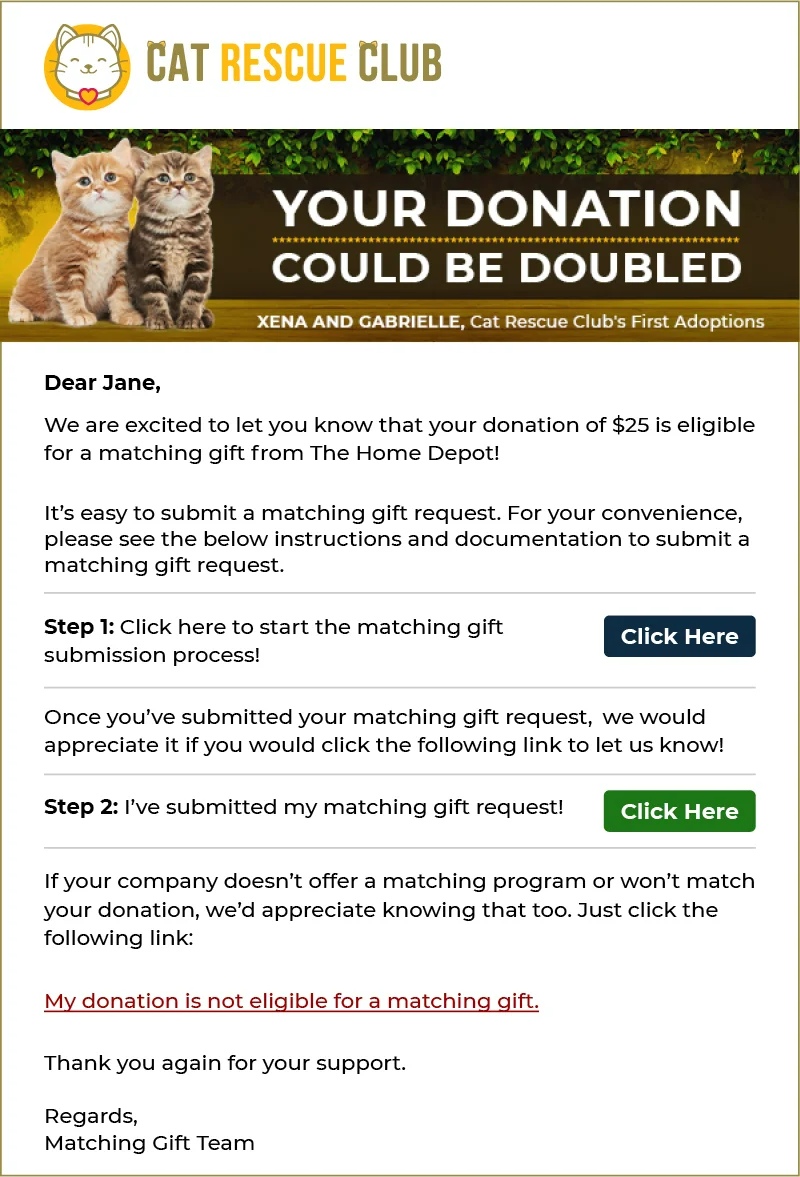

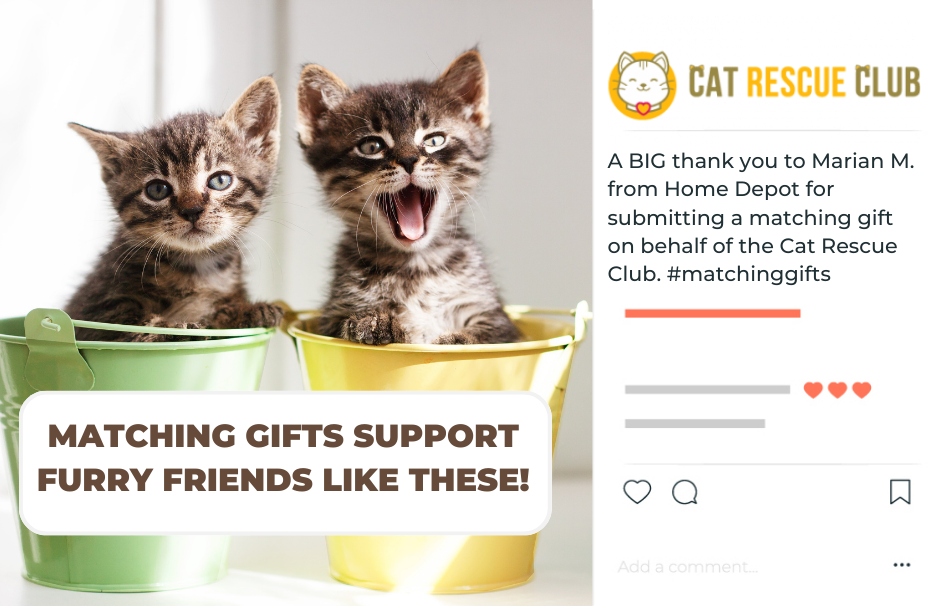
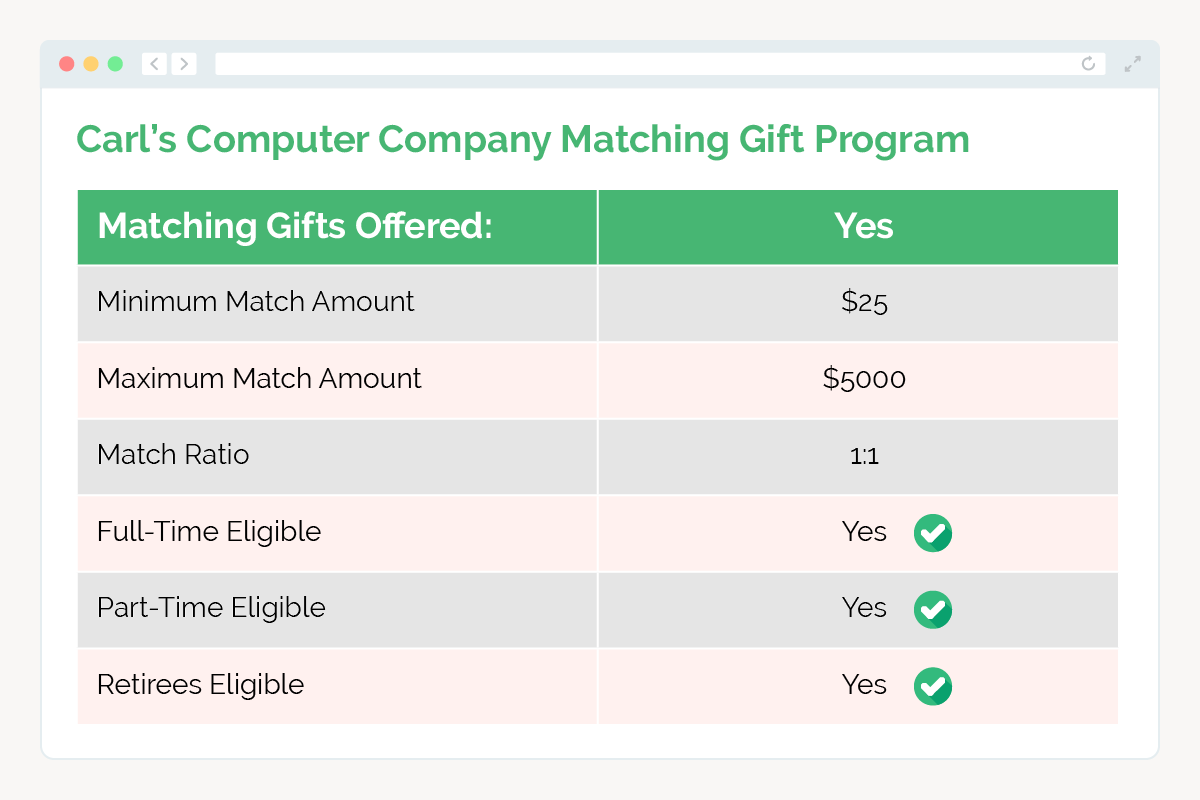
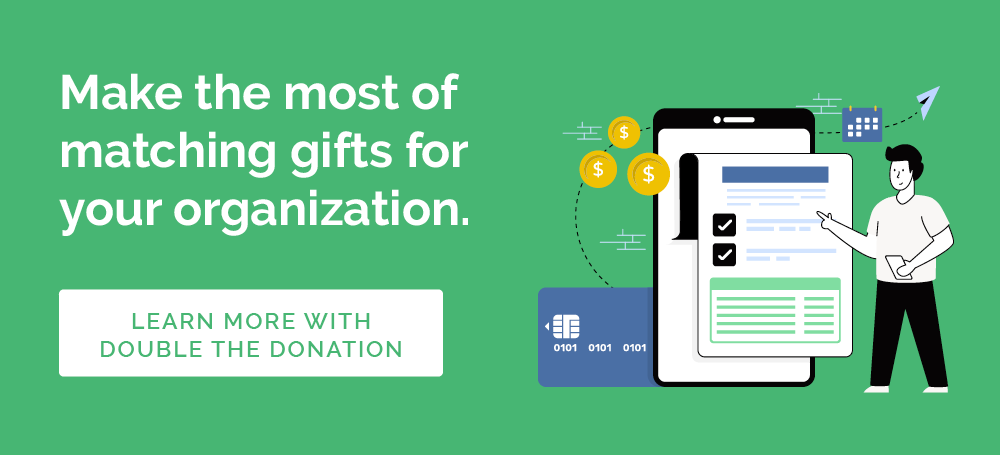
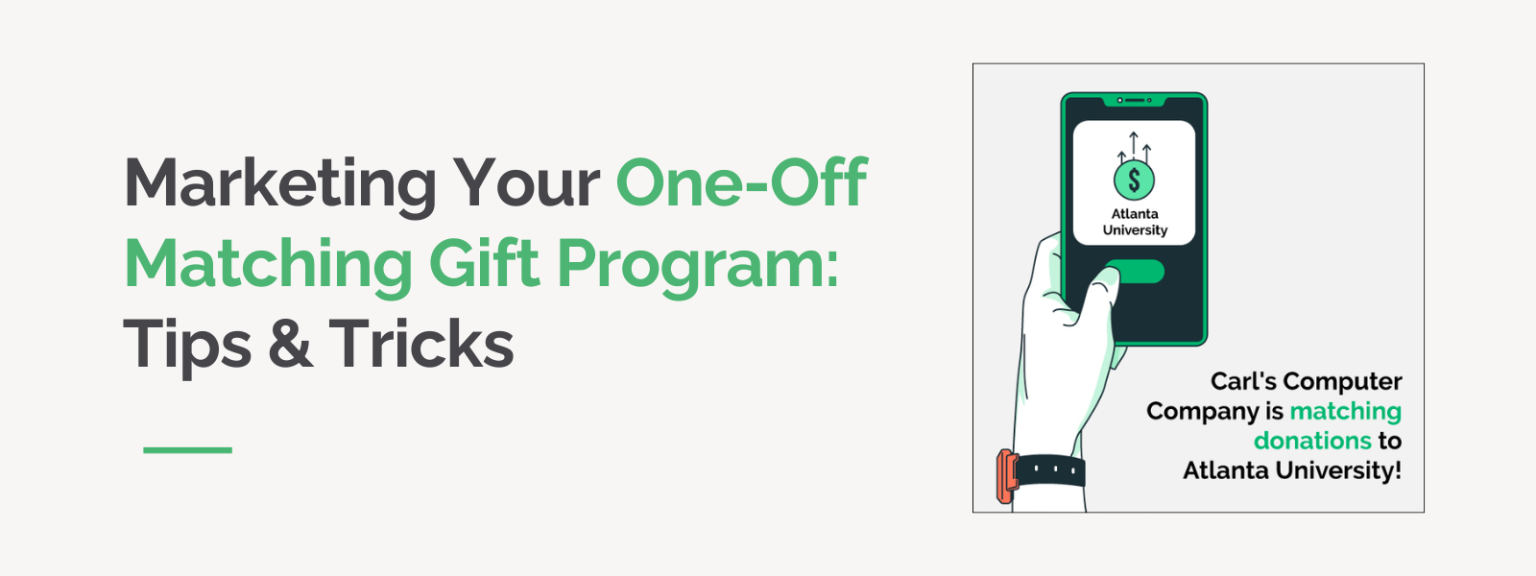
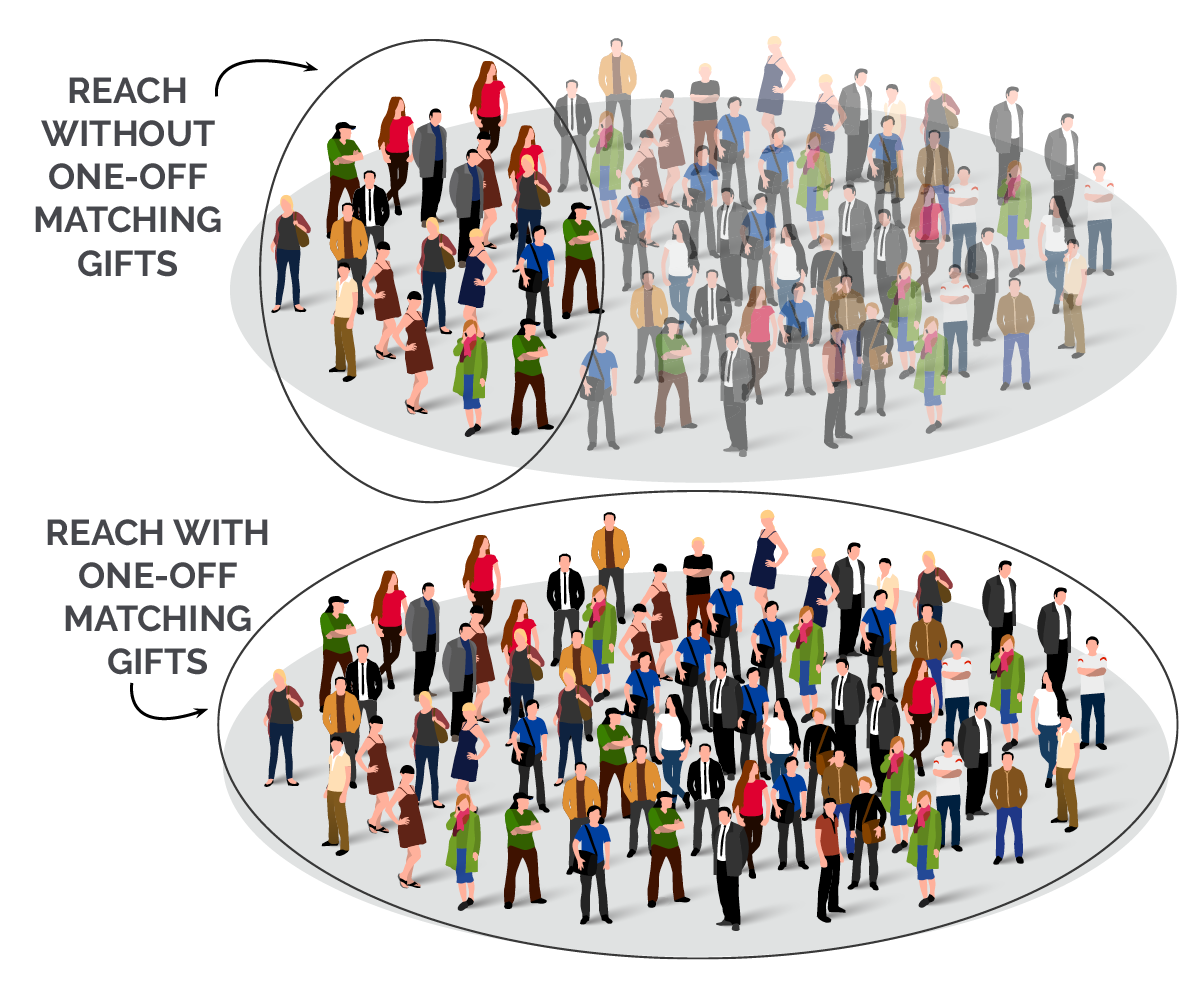
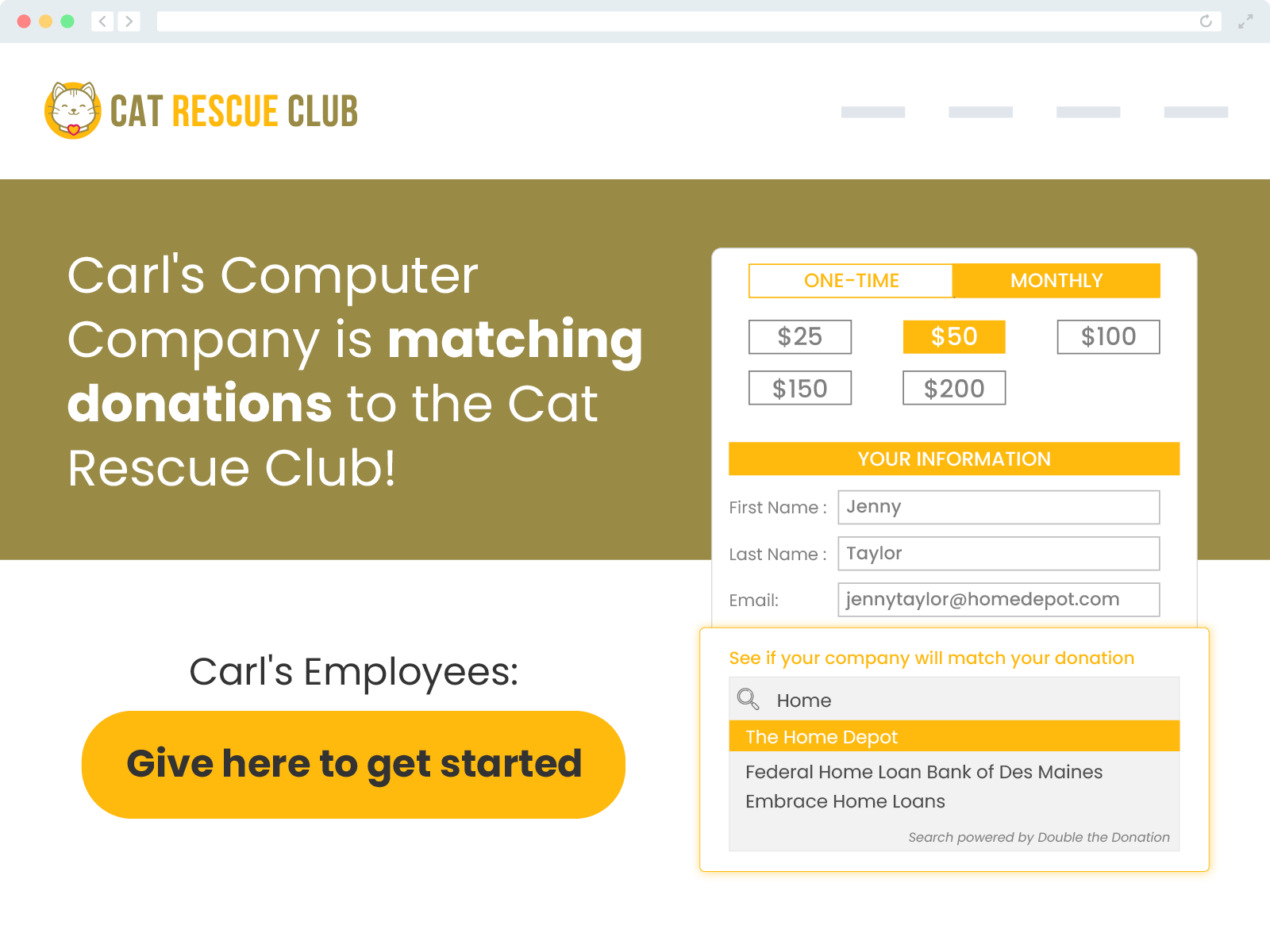
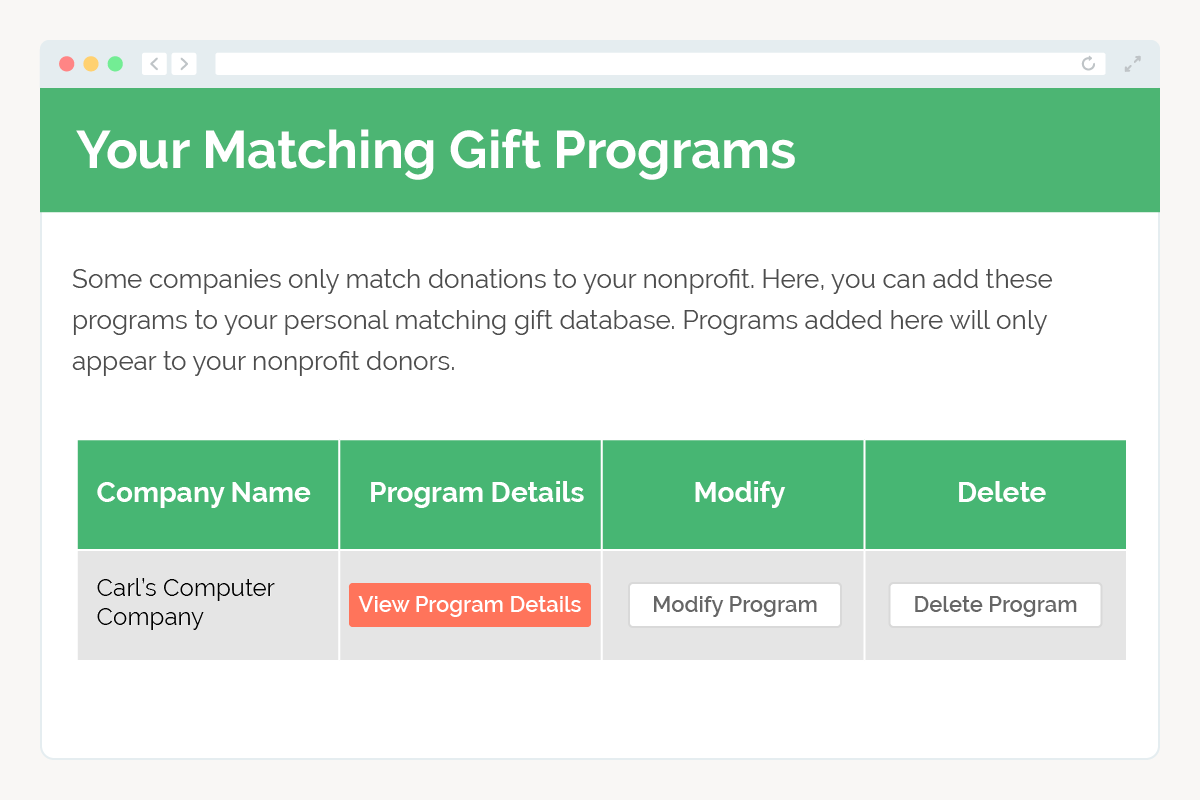
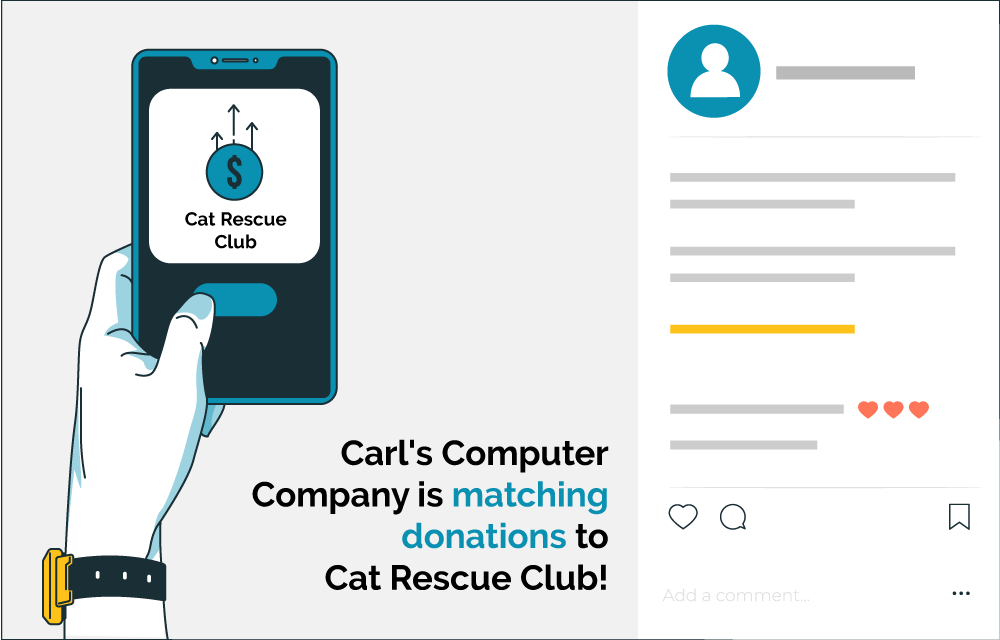
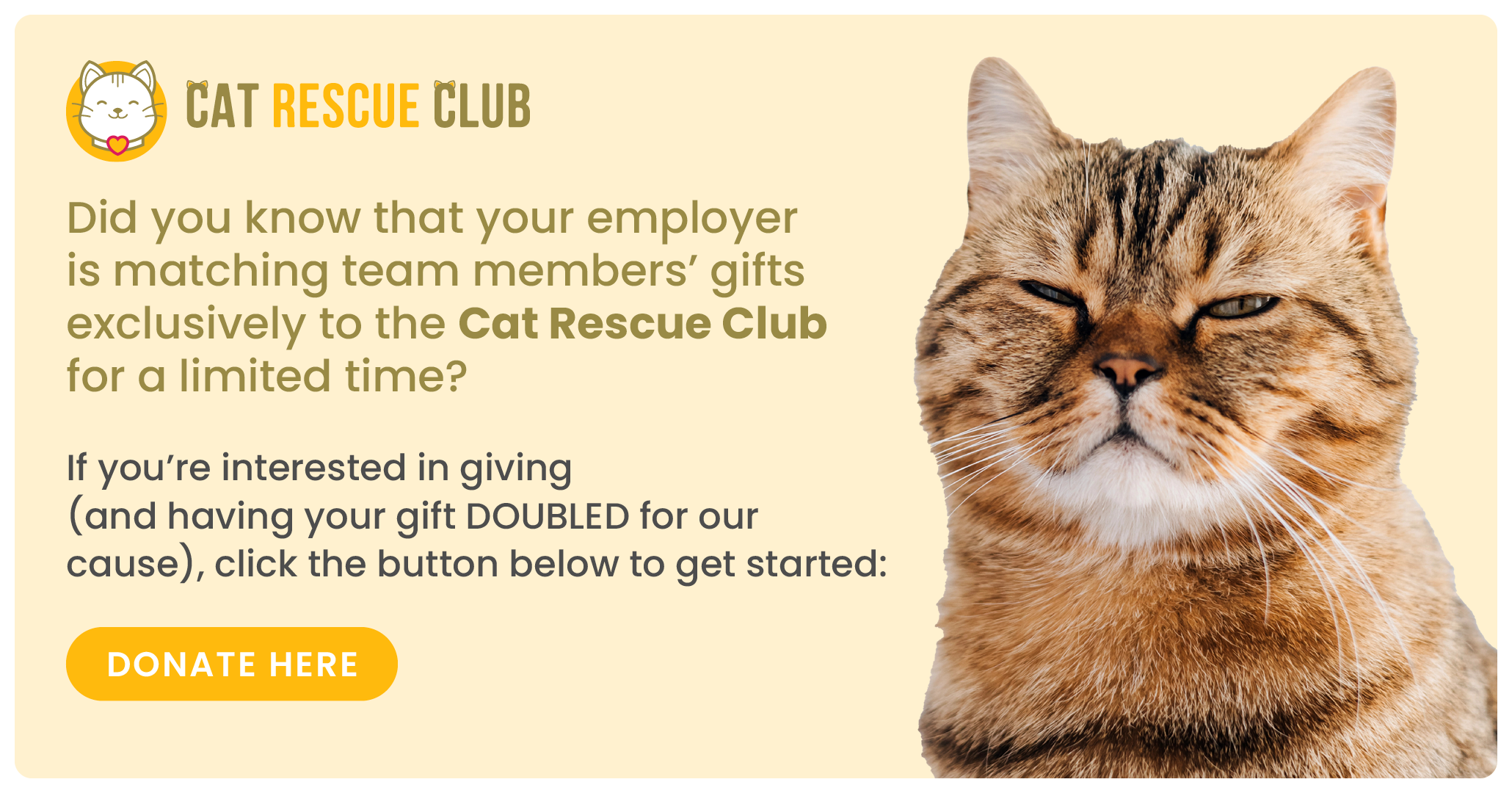
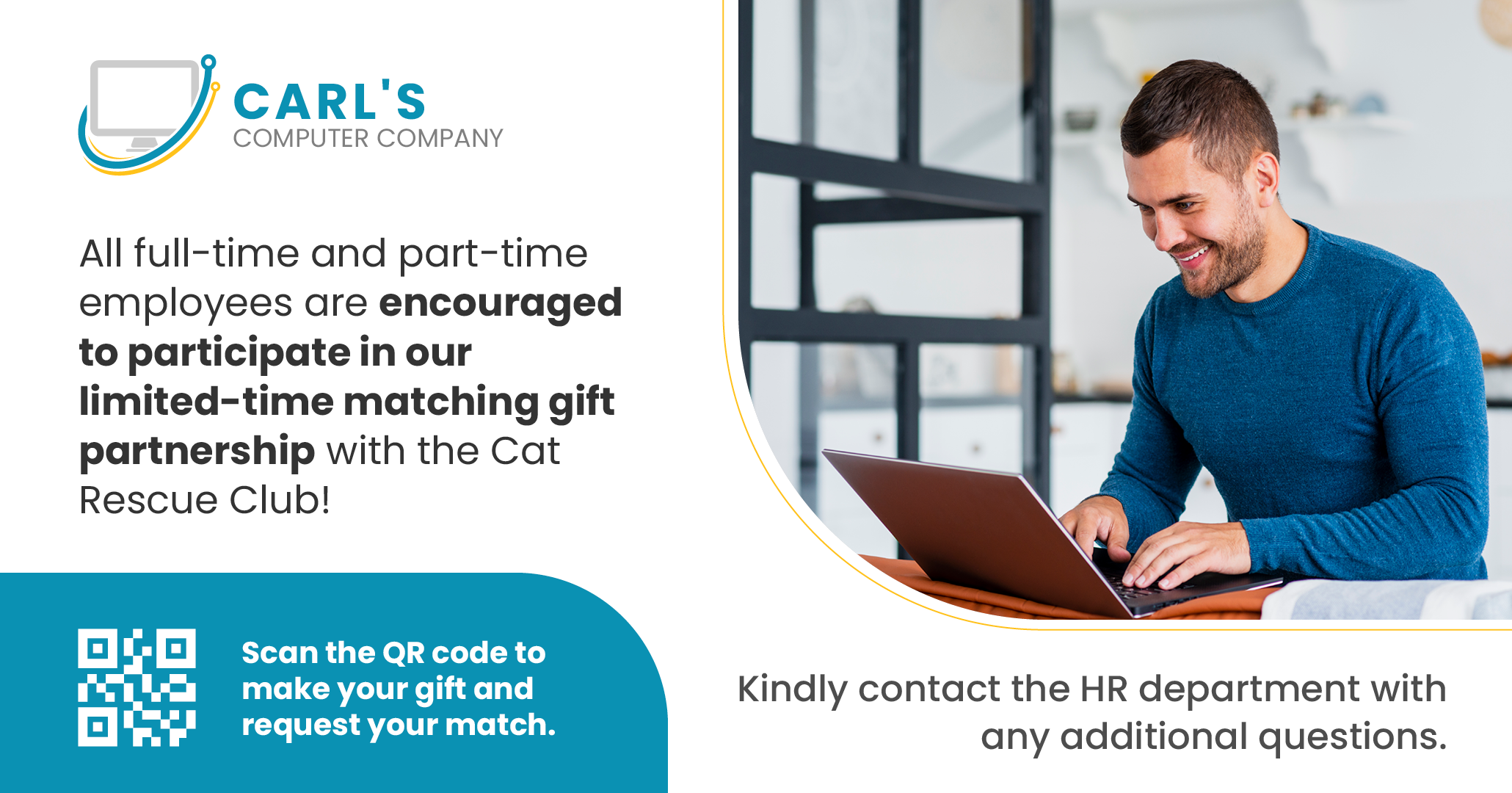
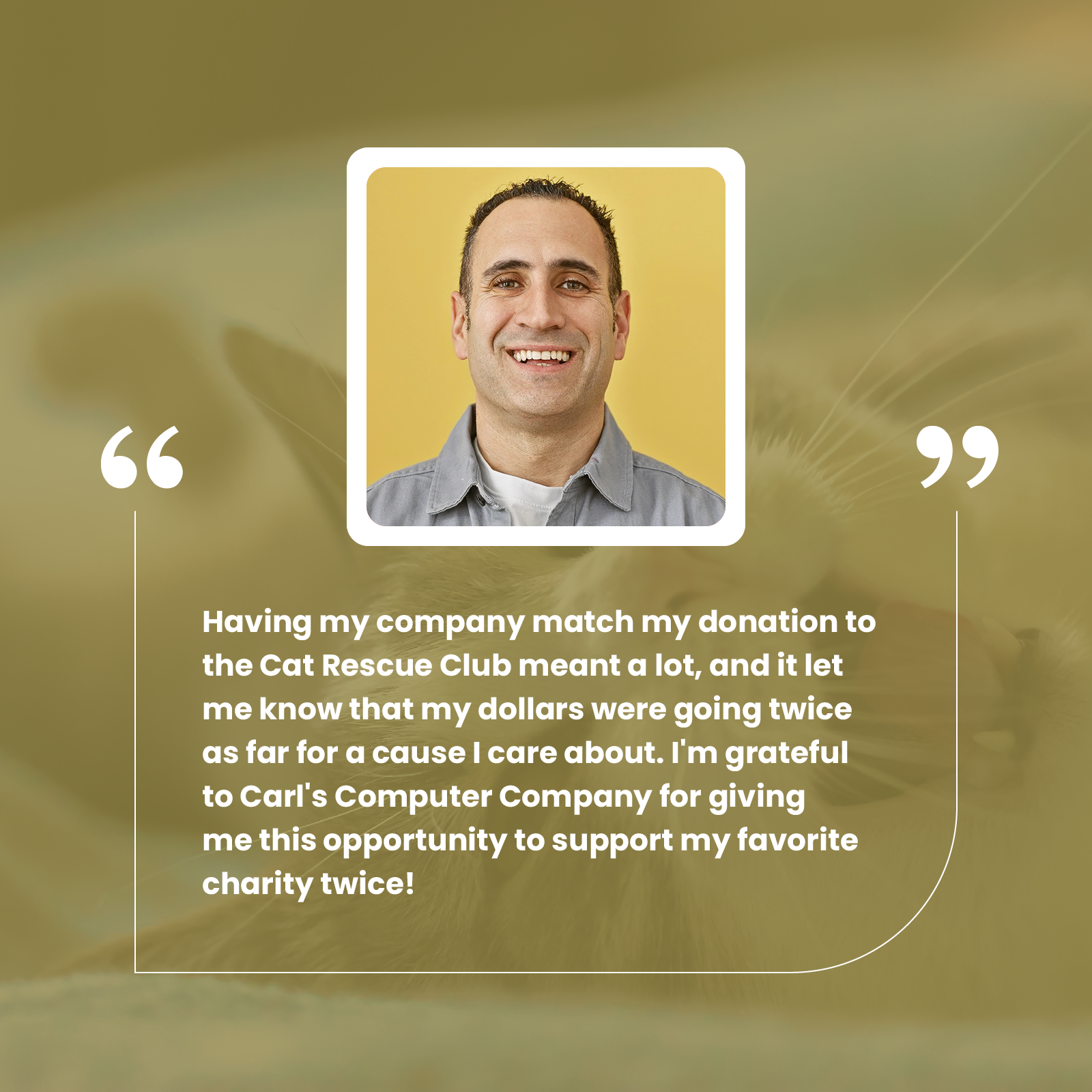
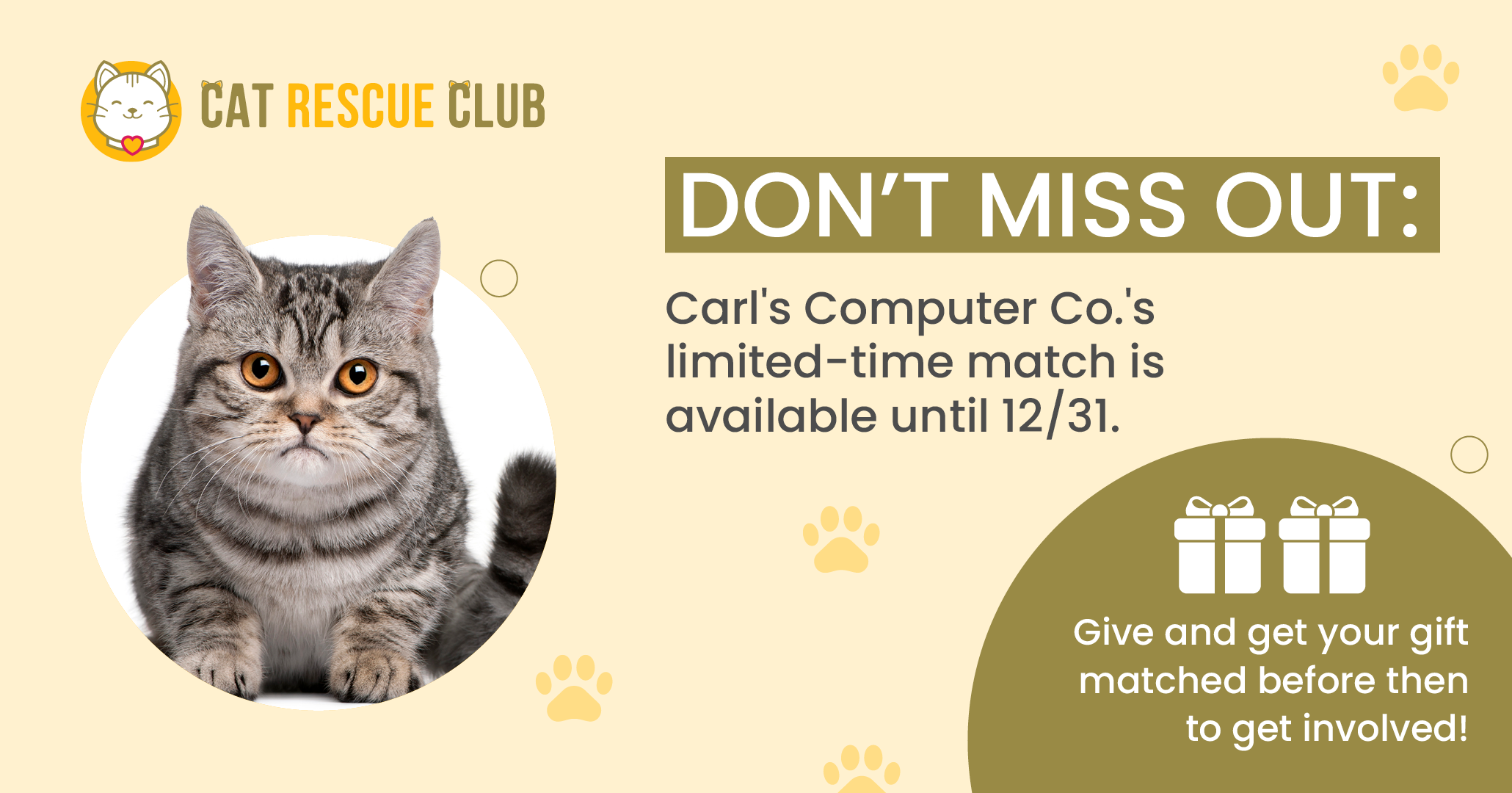
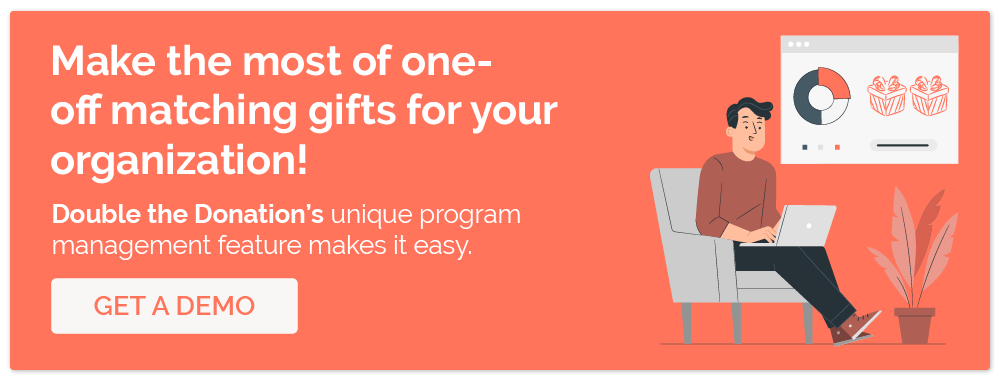
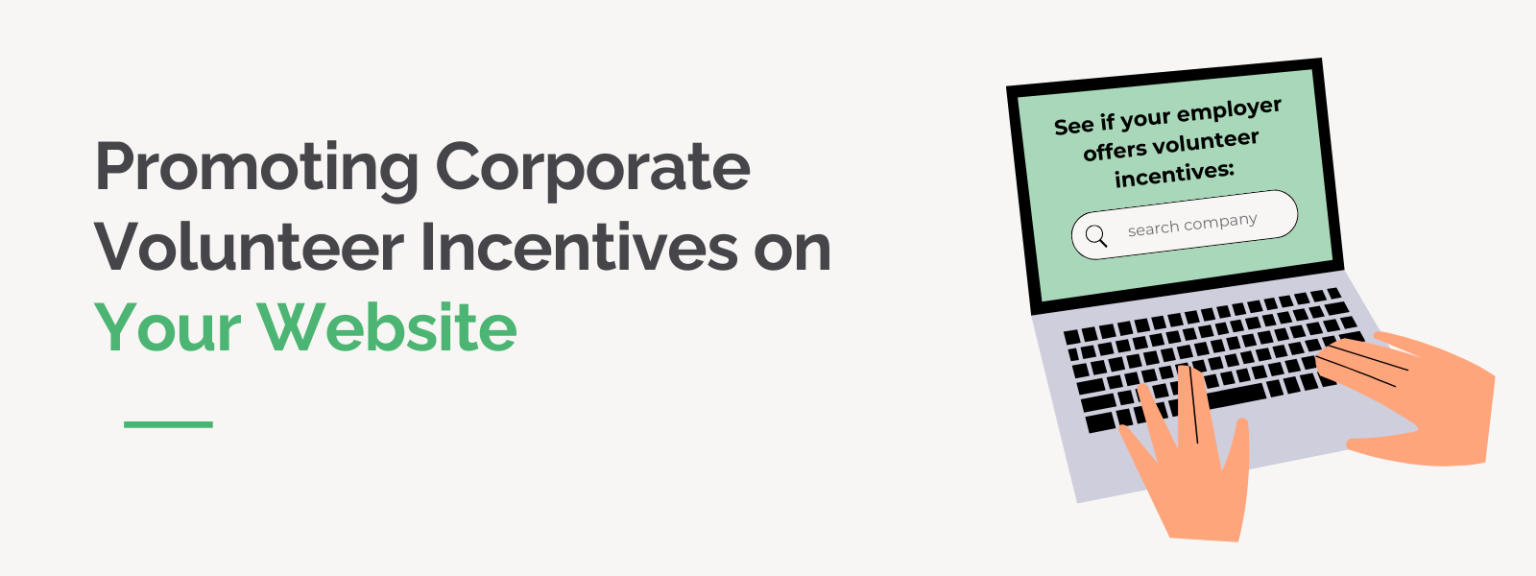
![Driving Donor Retention With Matching Gifts [A Guide]](https://doublethedonation.com/wp-content/uploads/2015/09/DTD_Driving-Donor-Retention-With-Matching-Gifts-A-Guide_Feature-1536x576.png)
